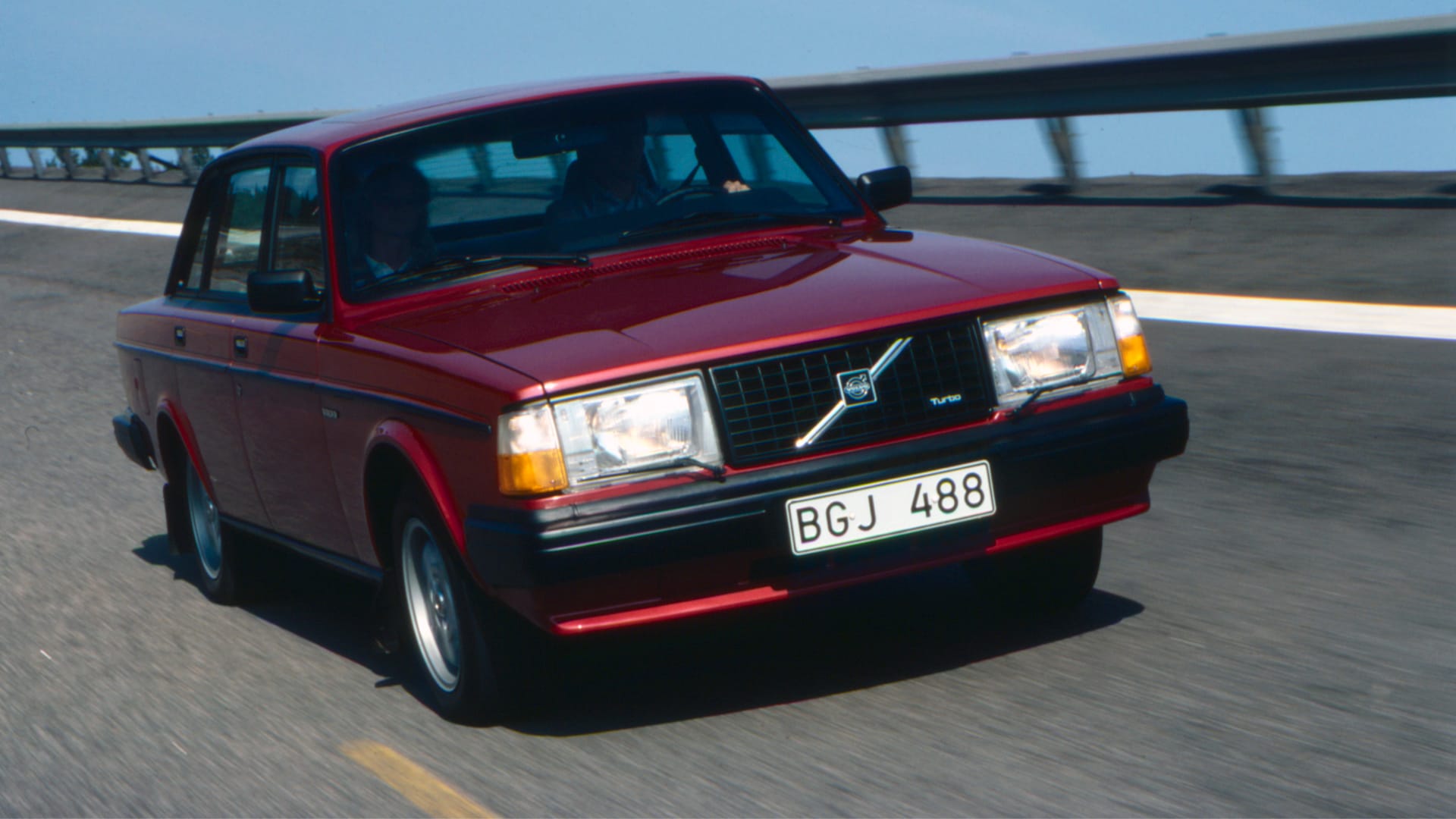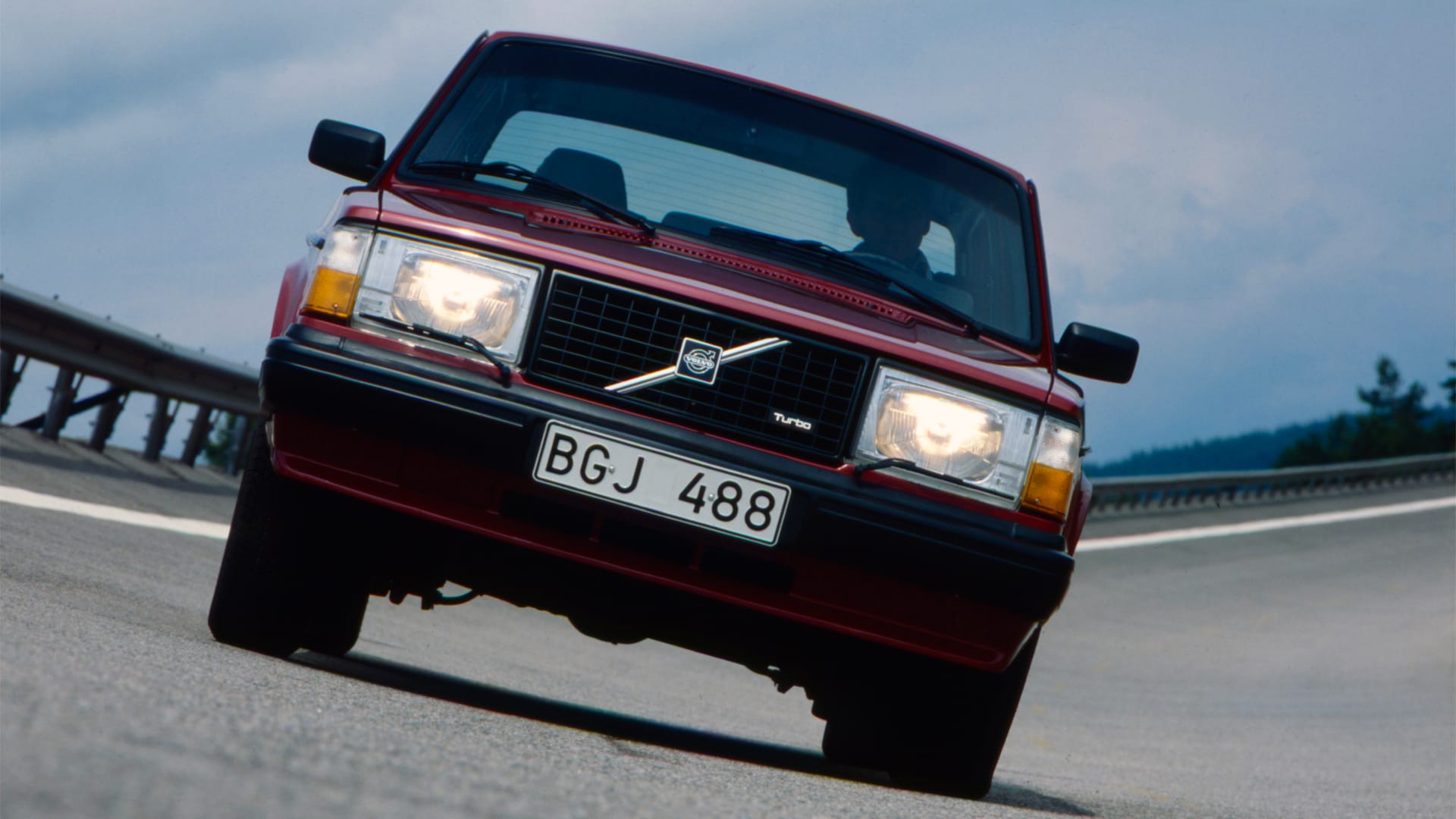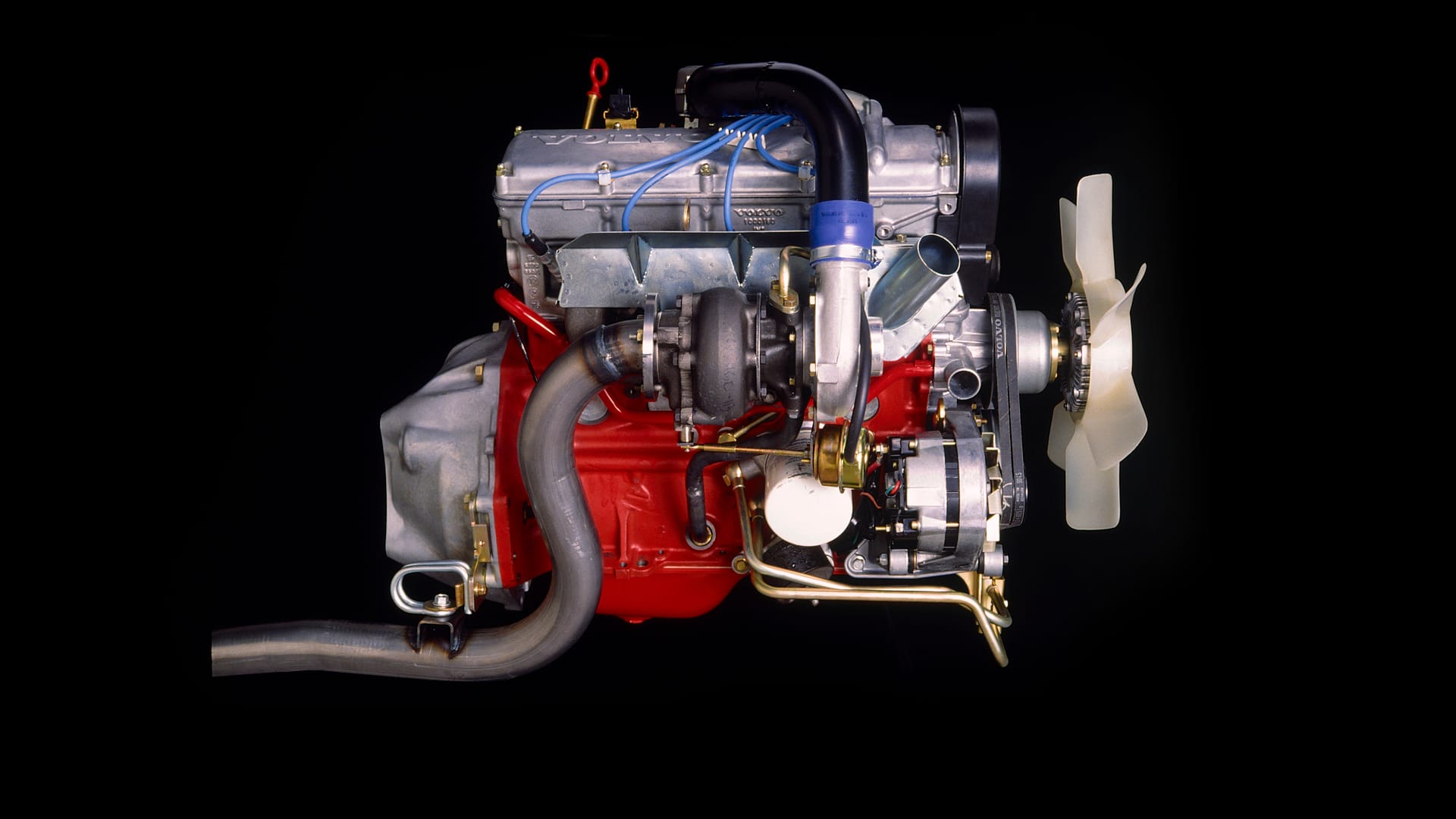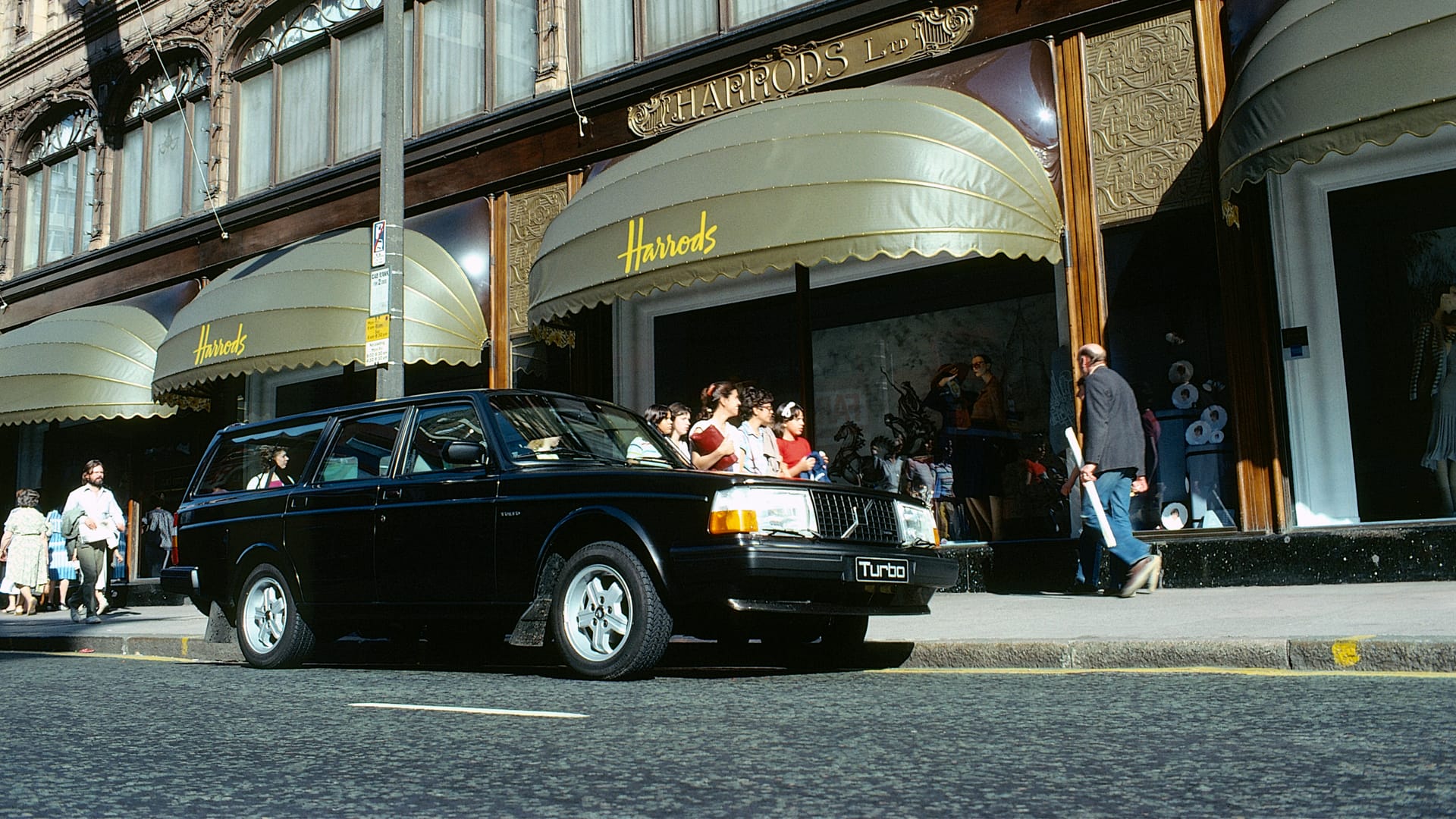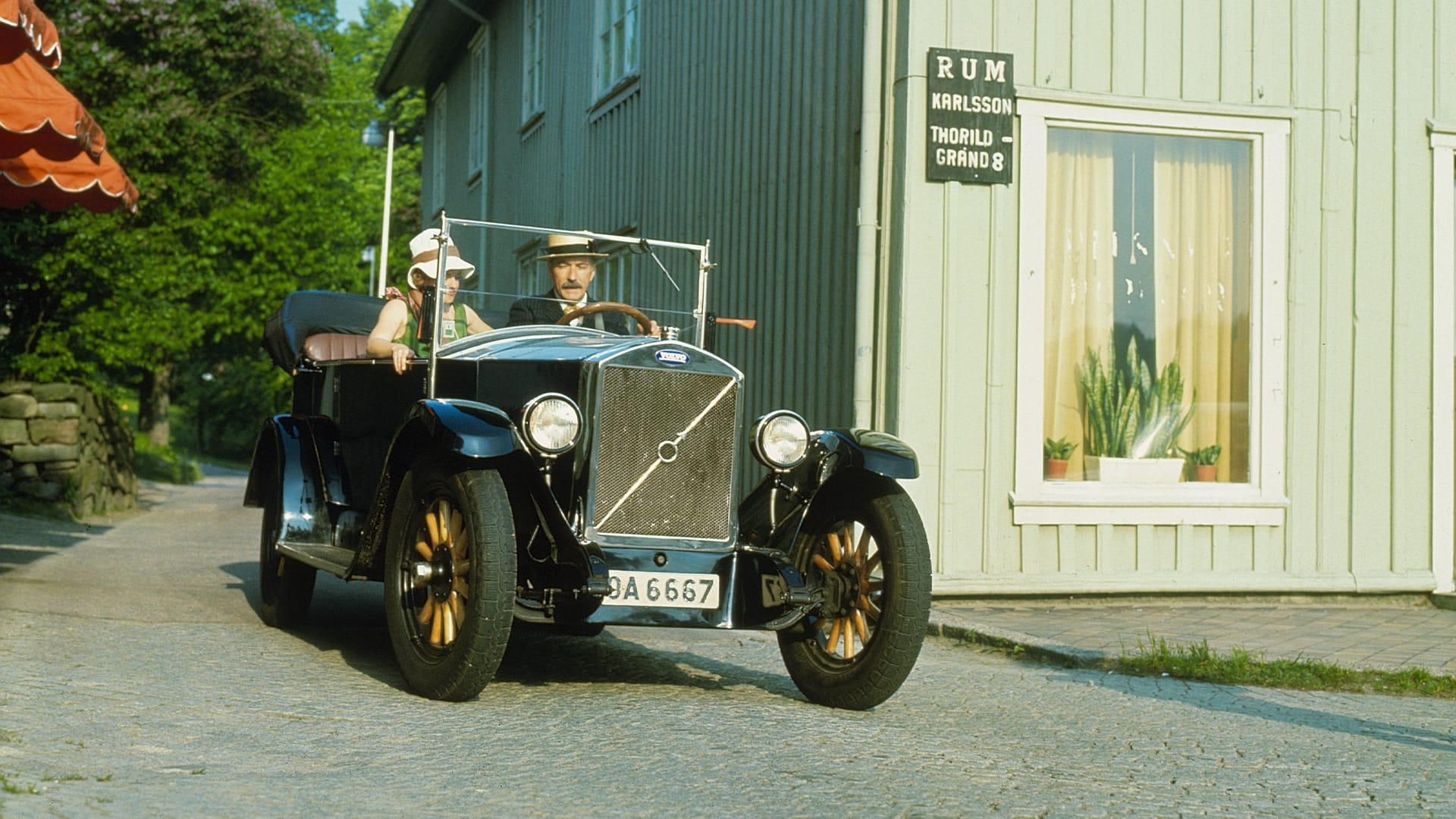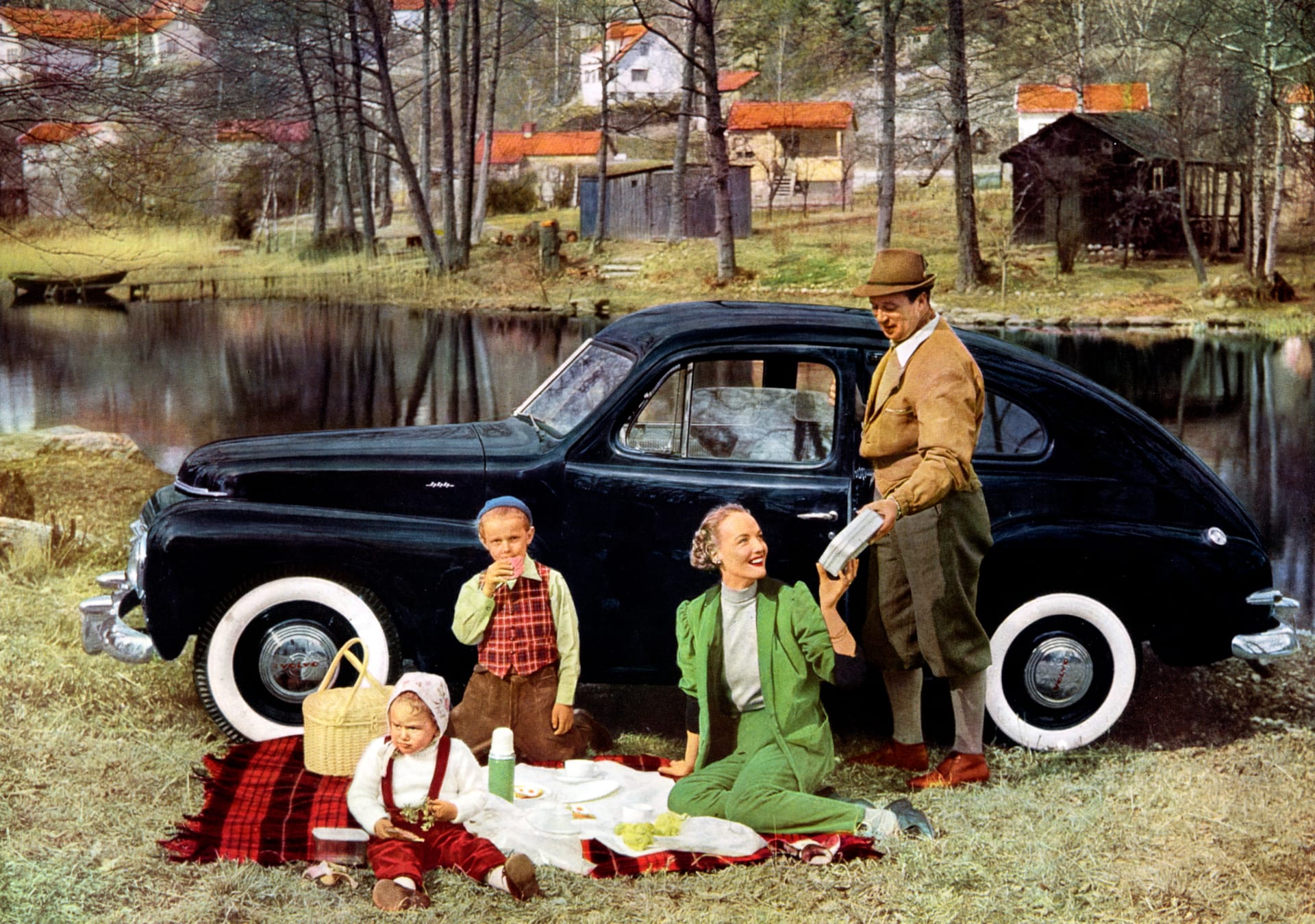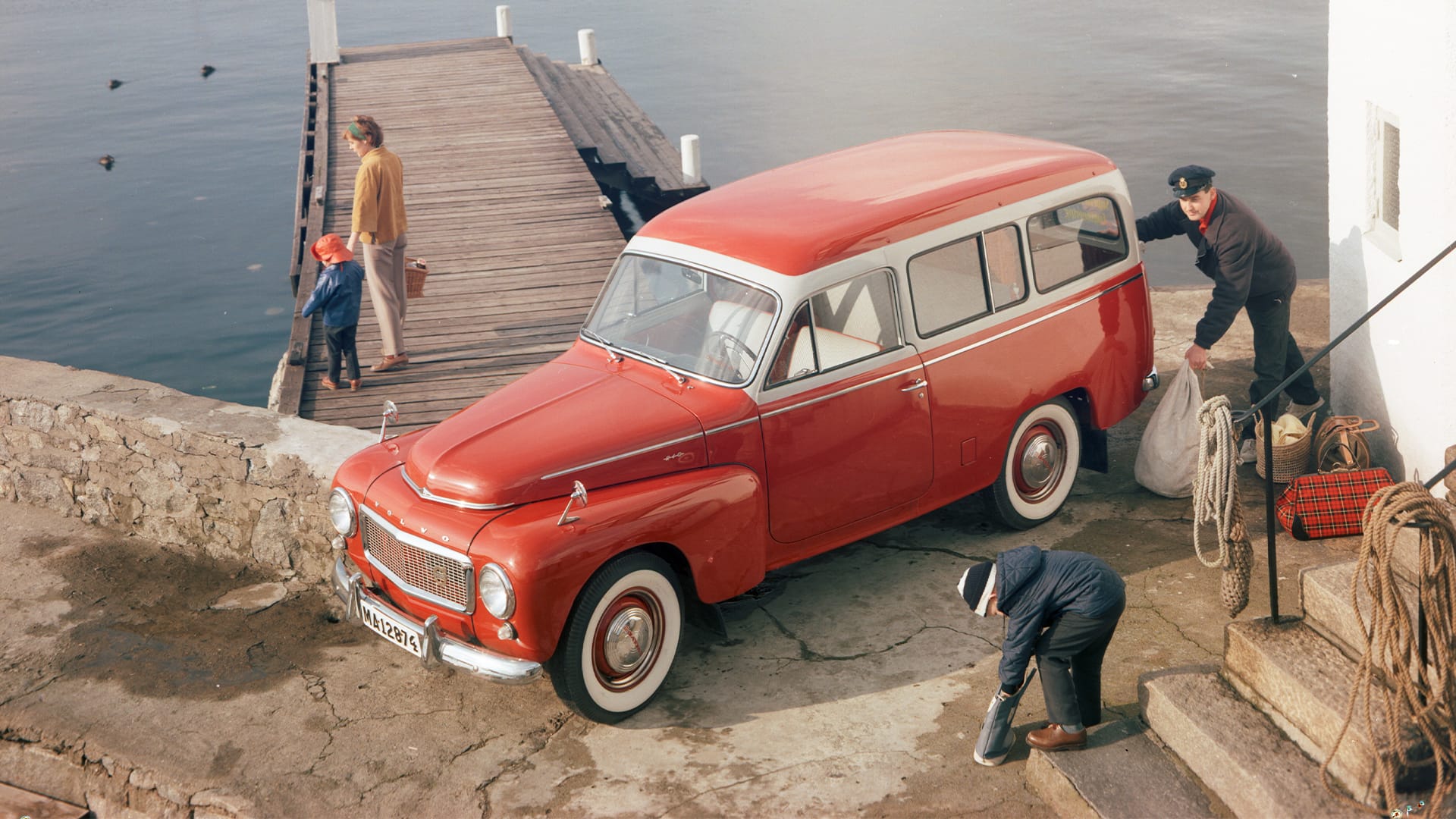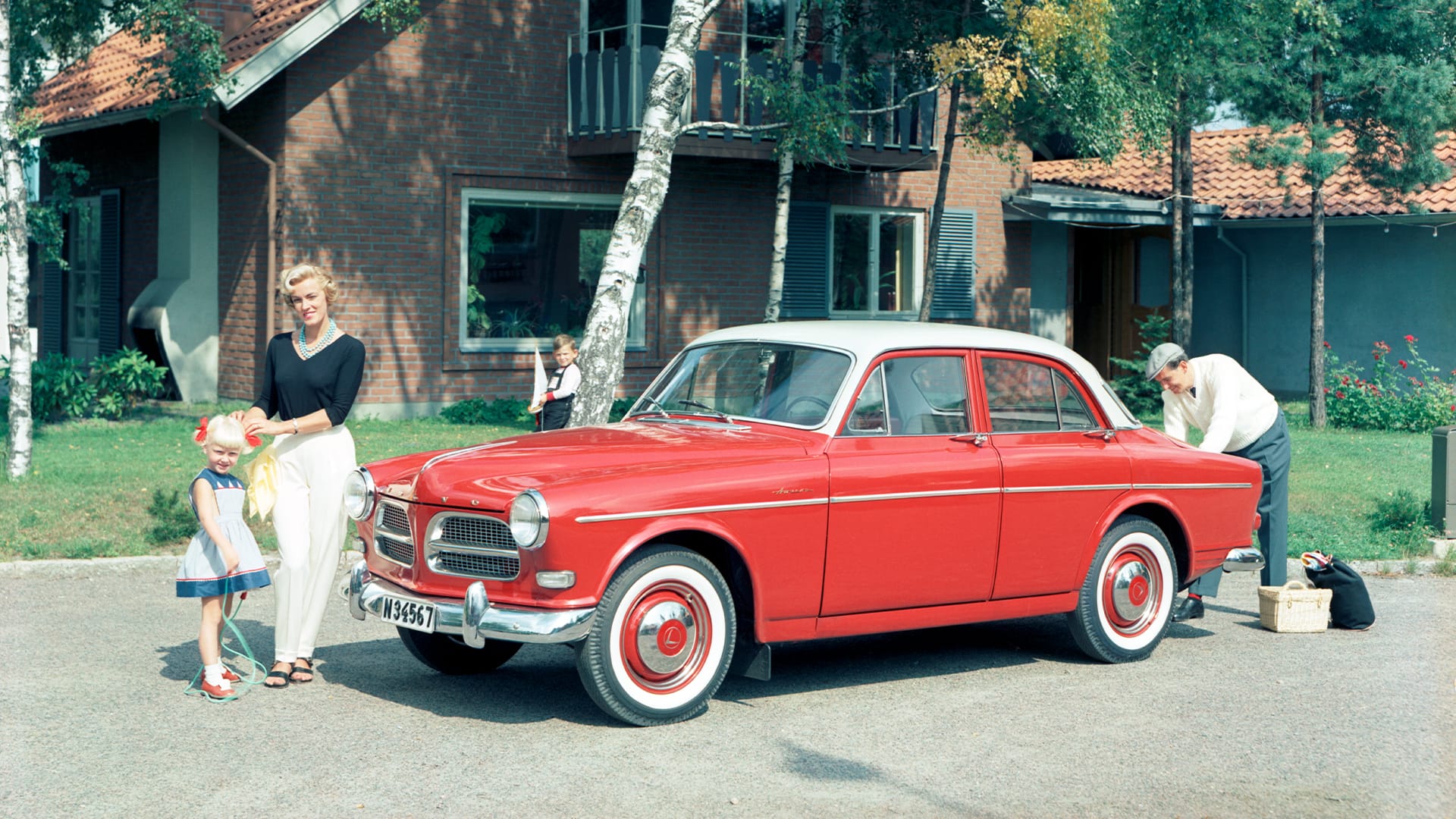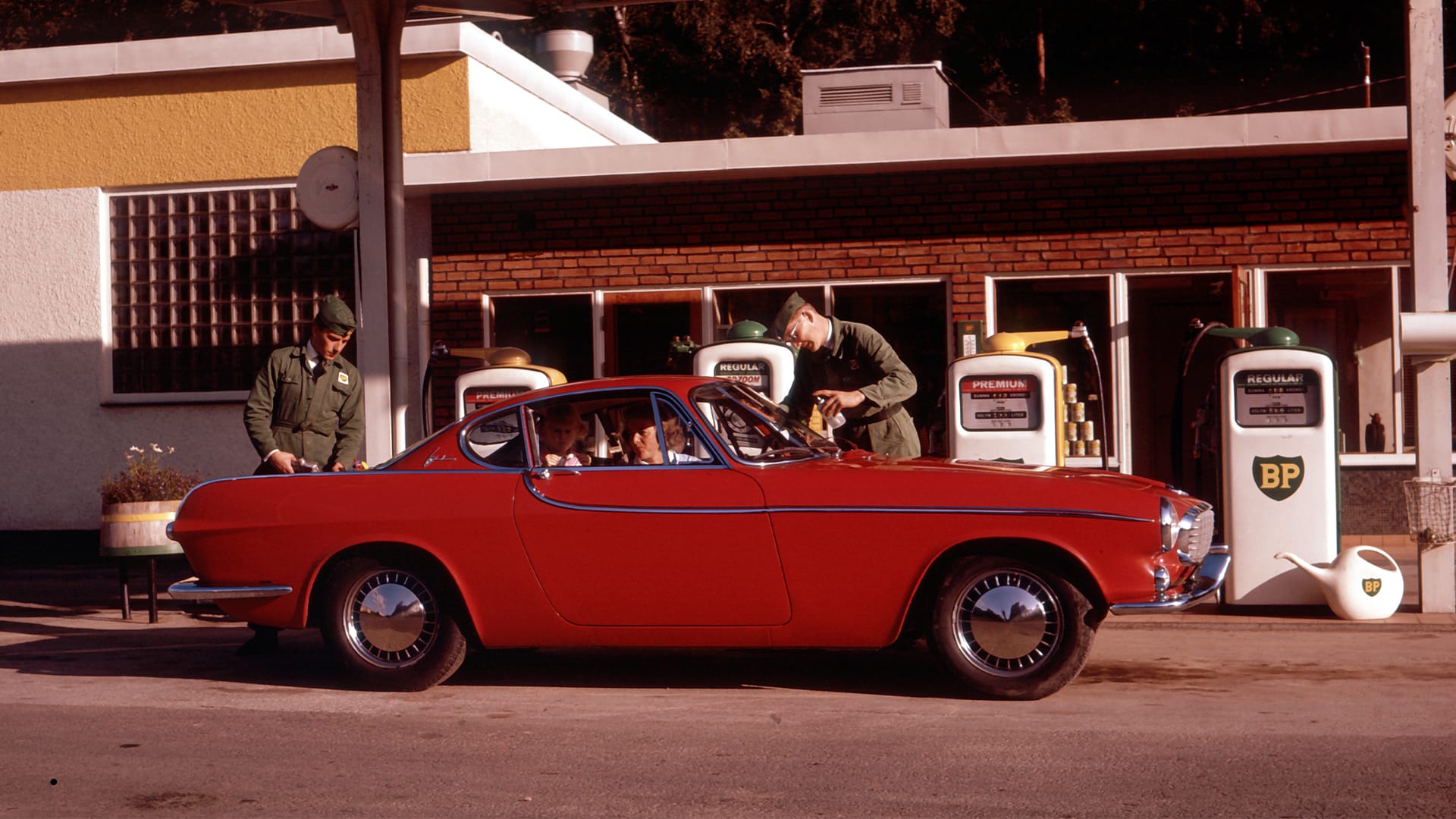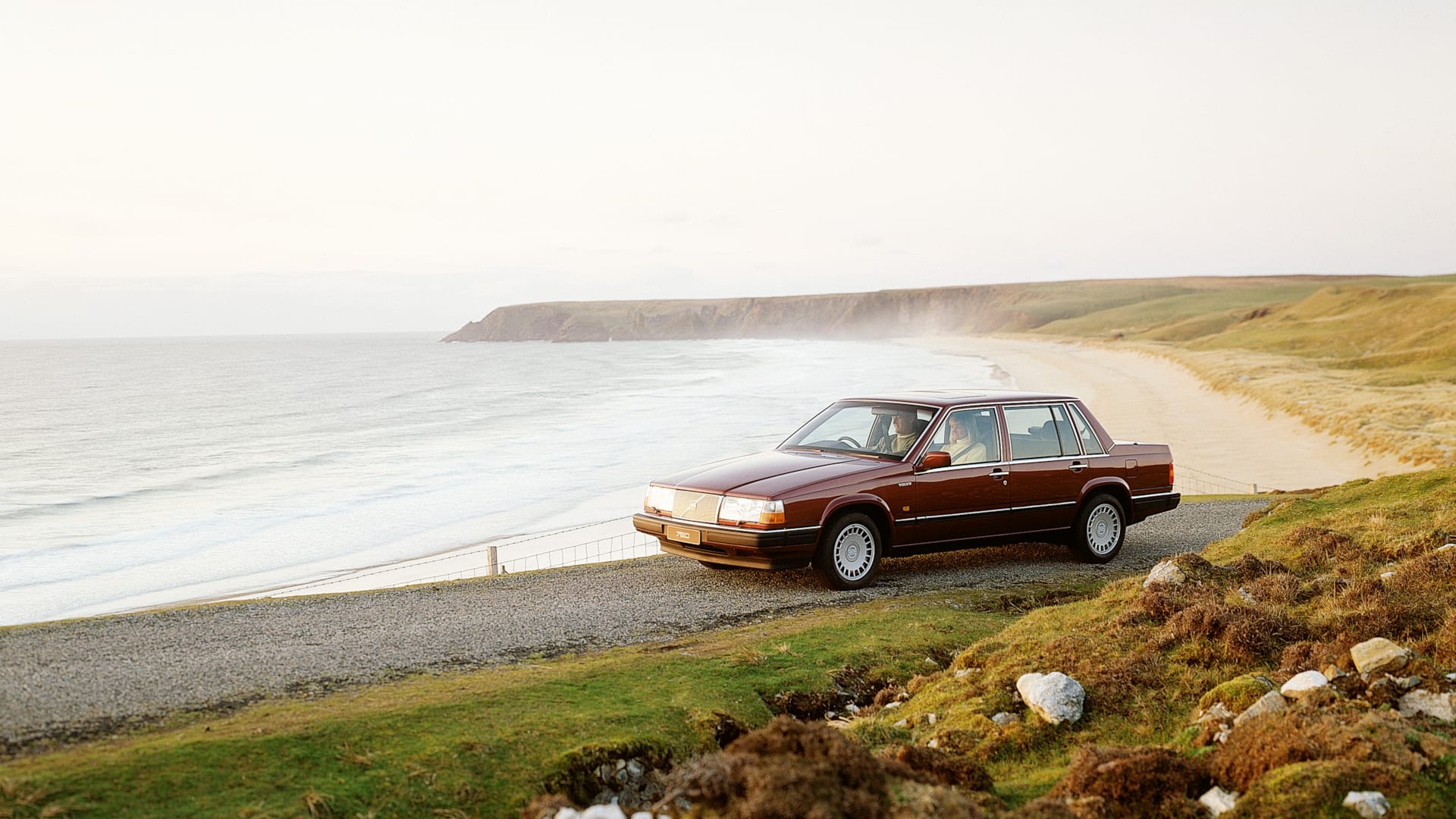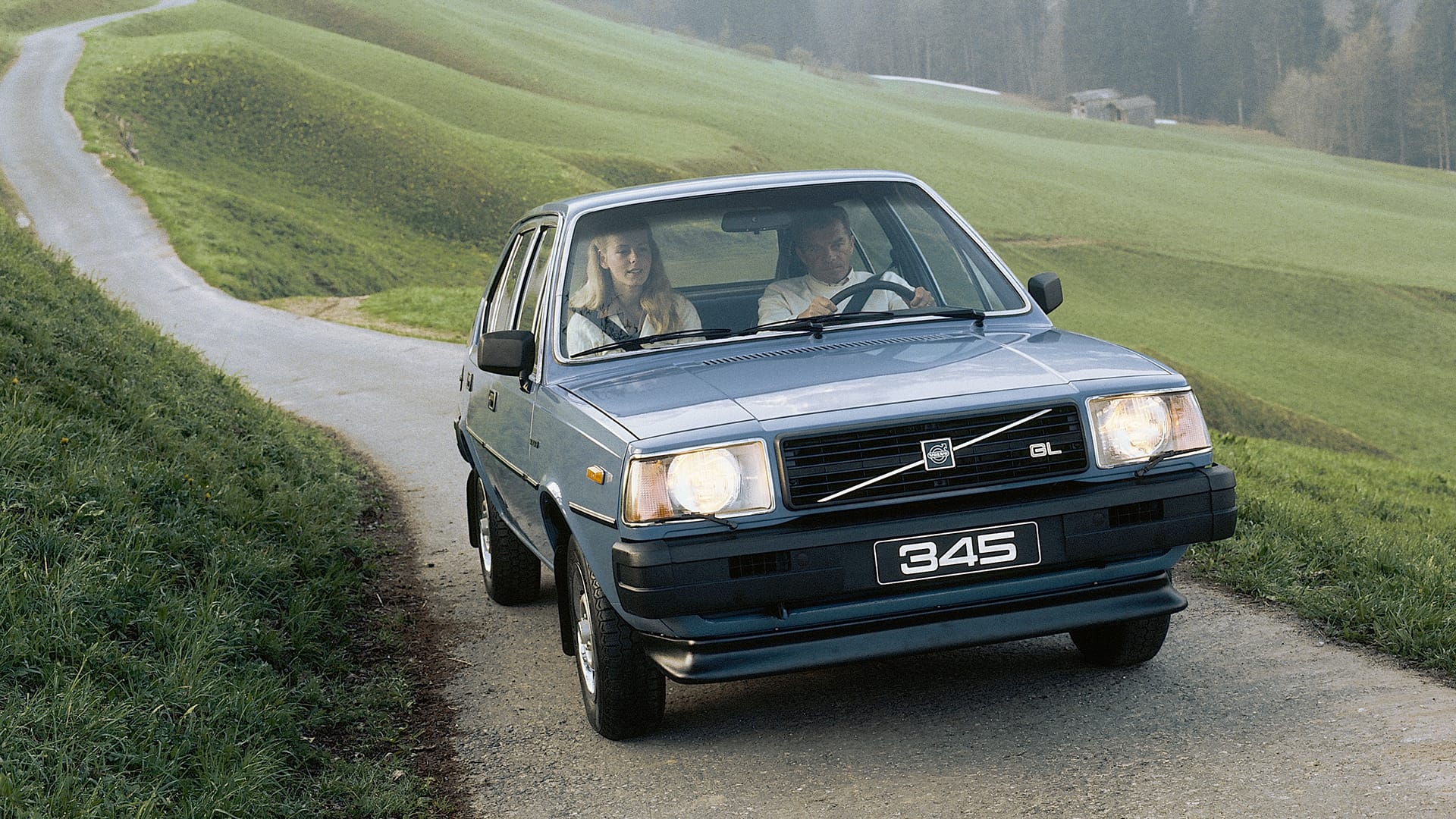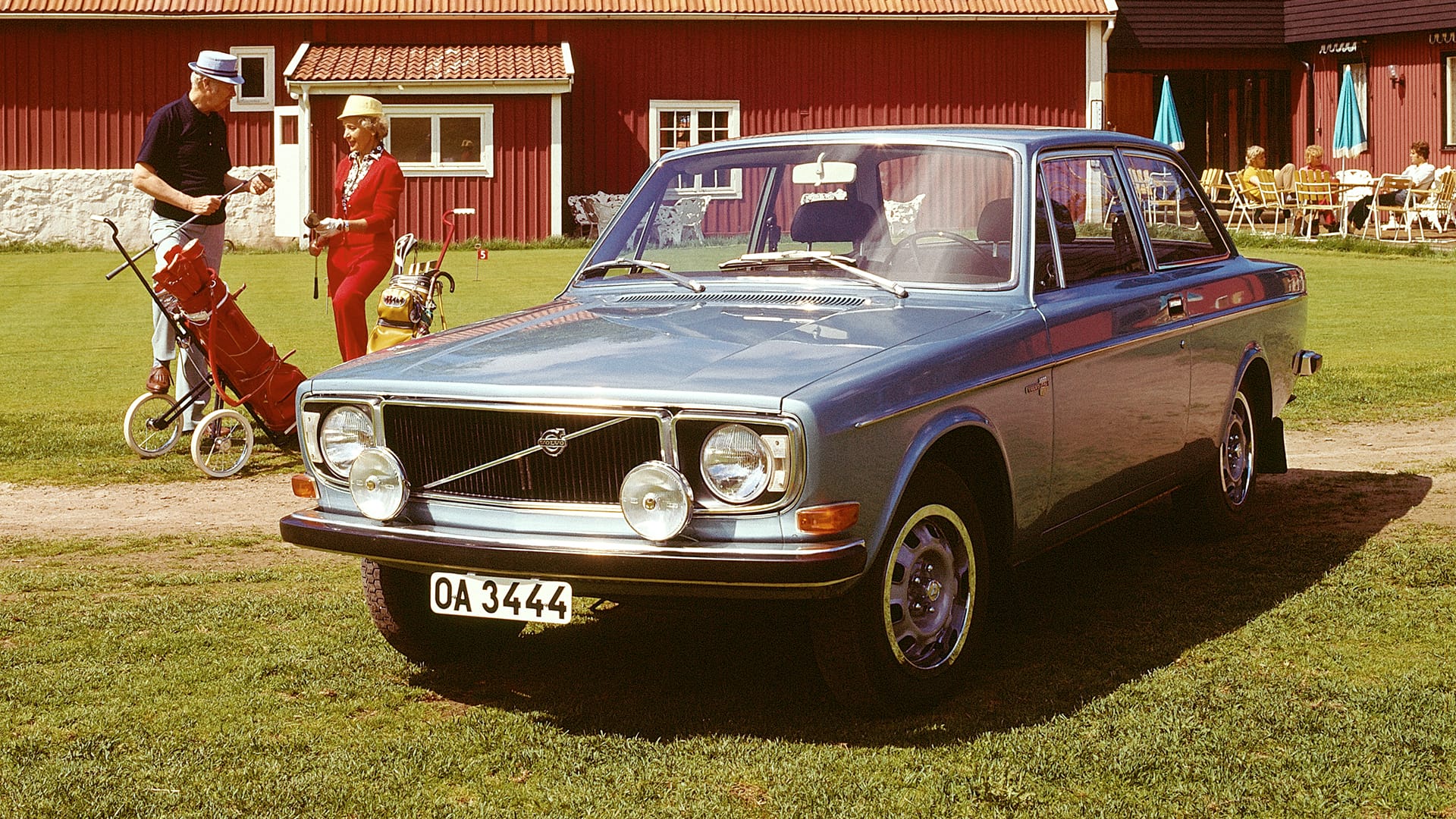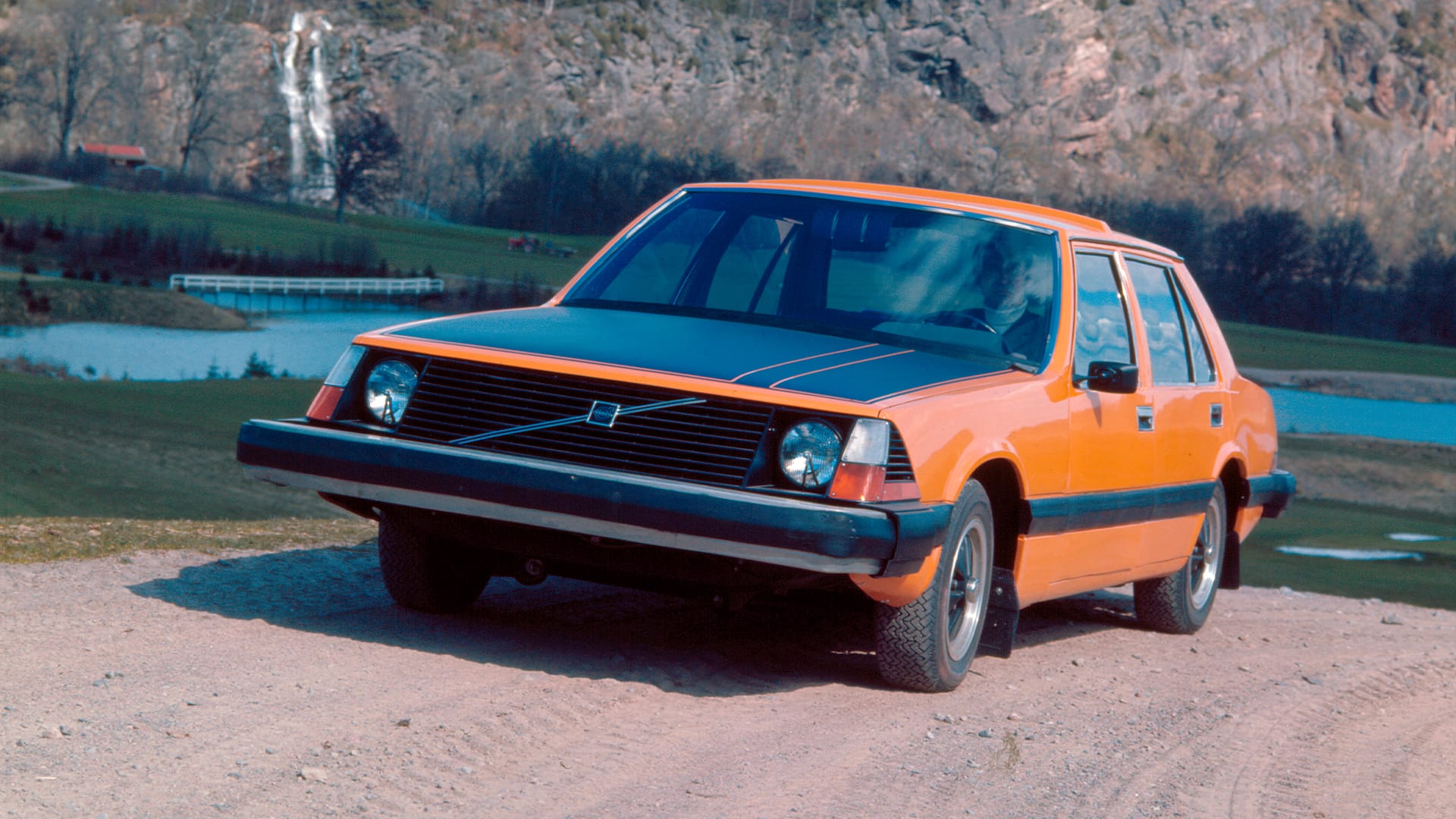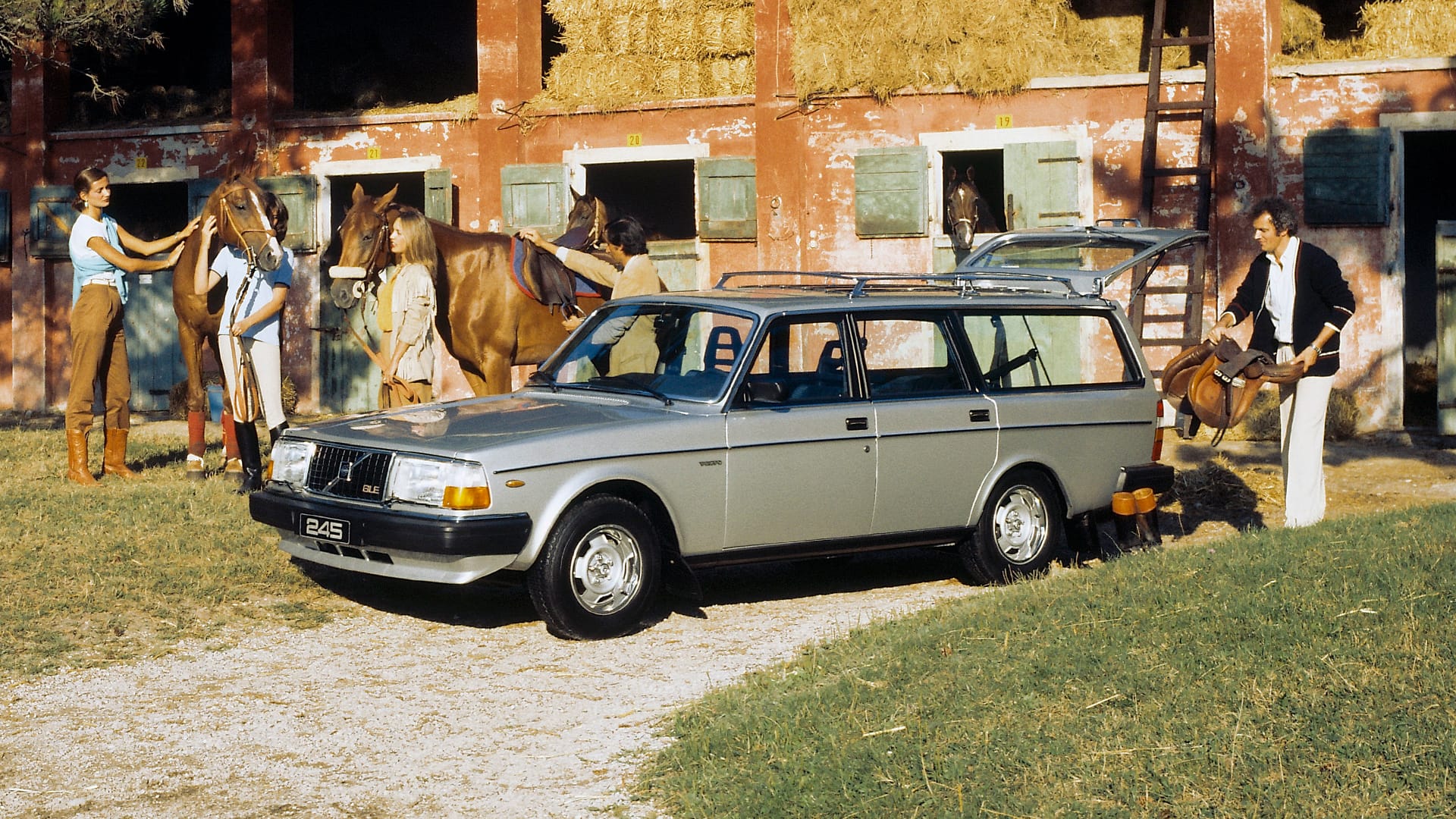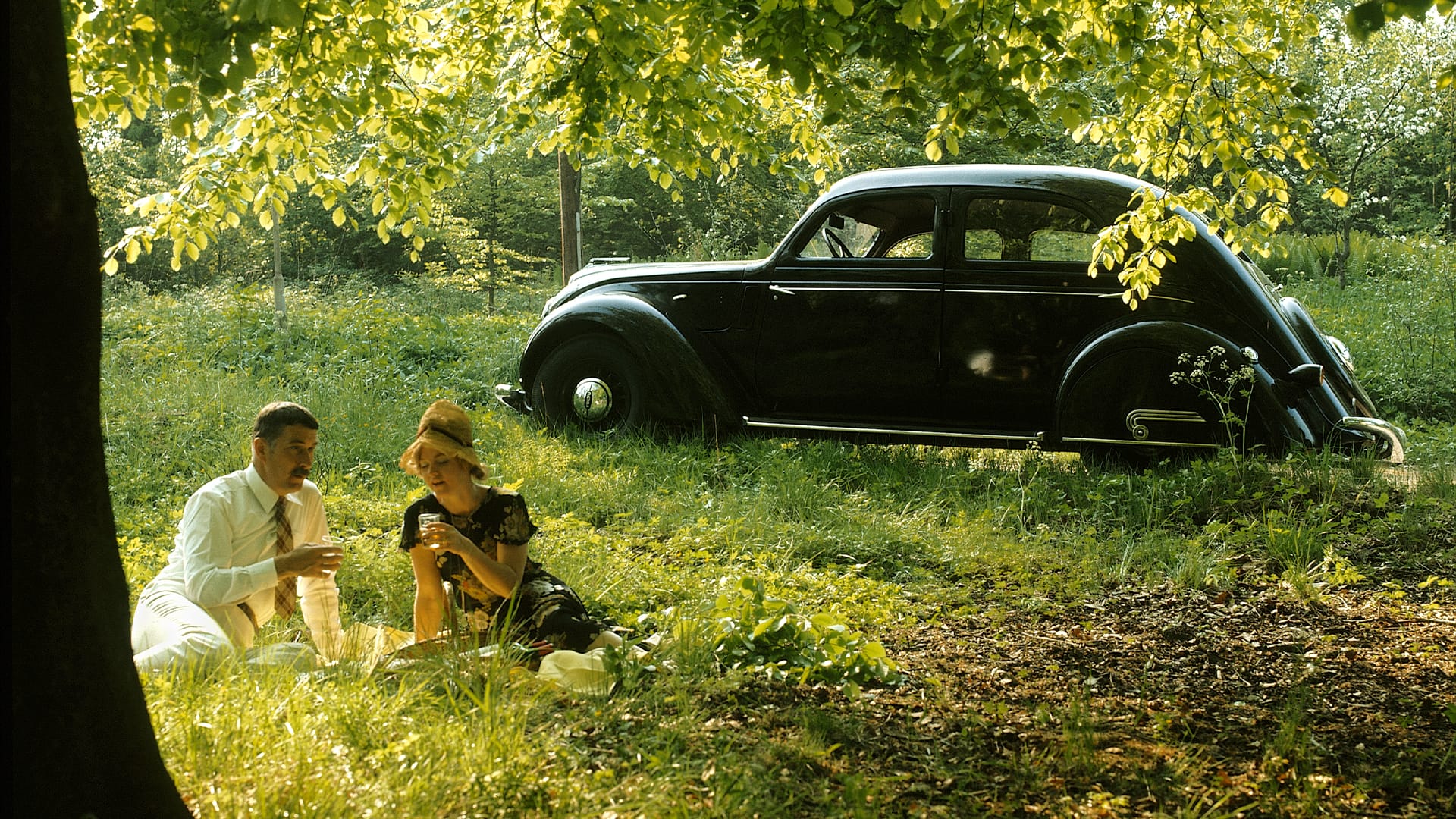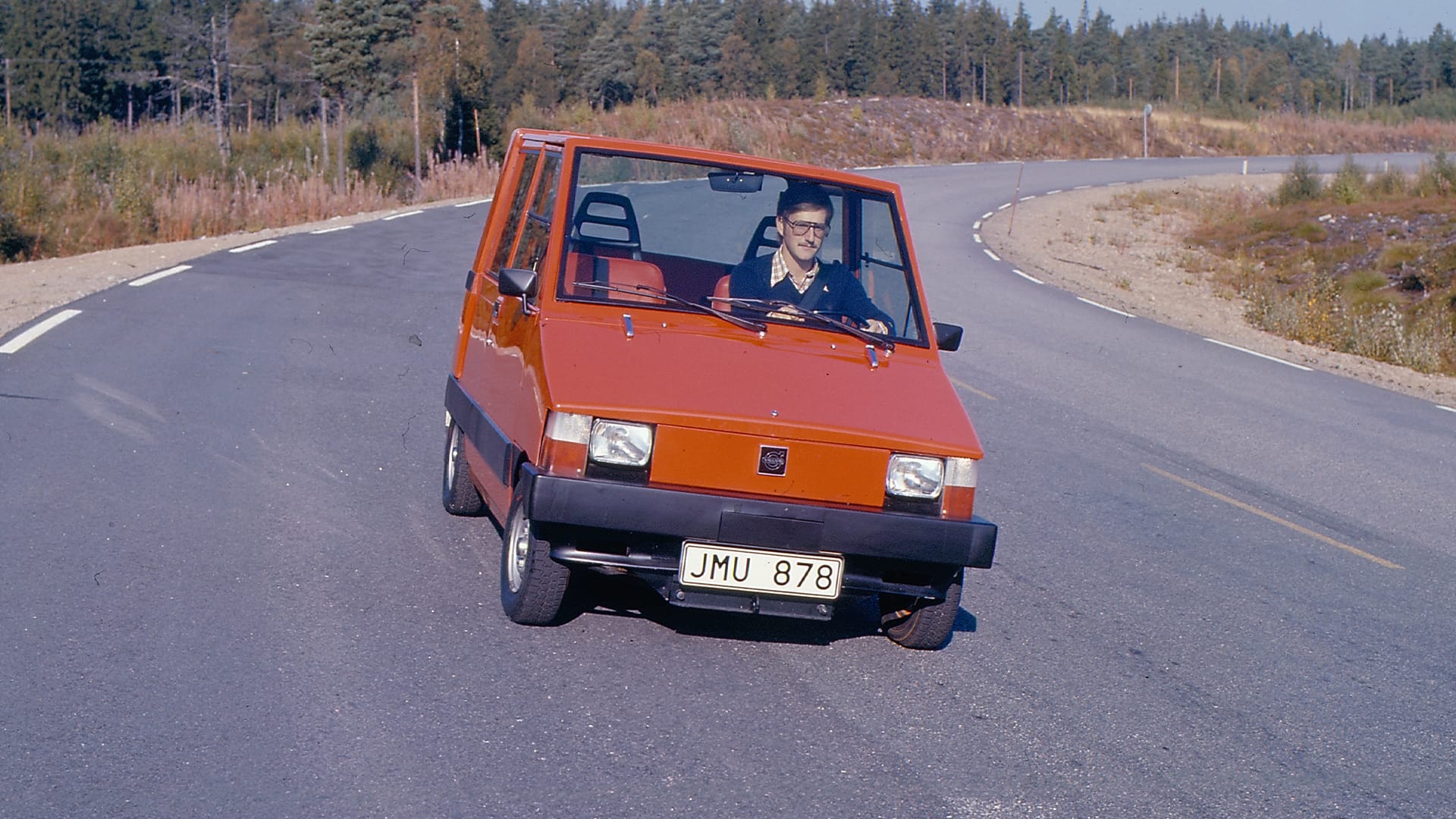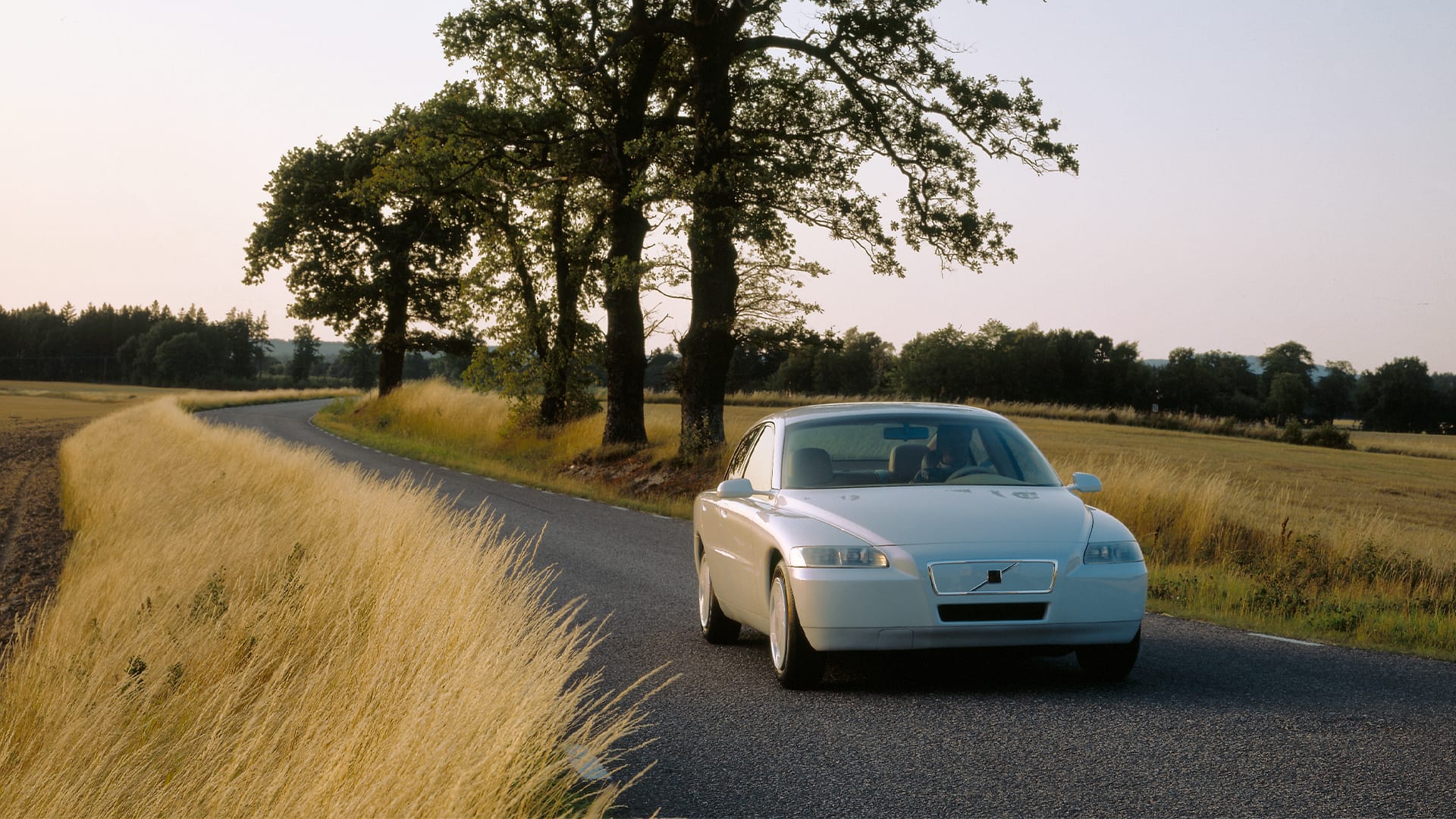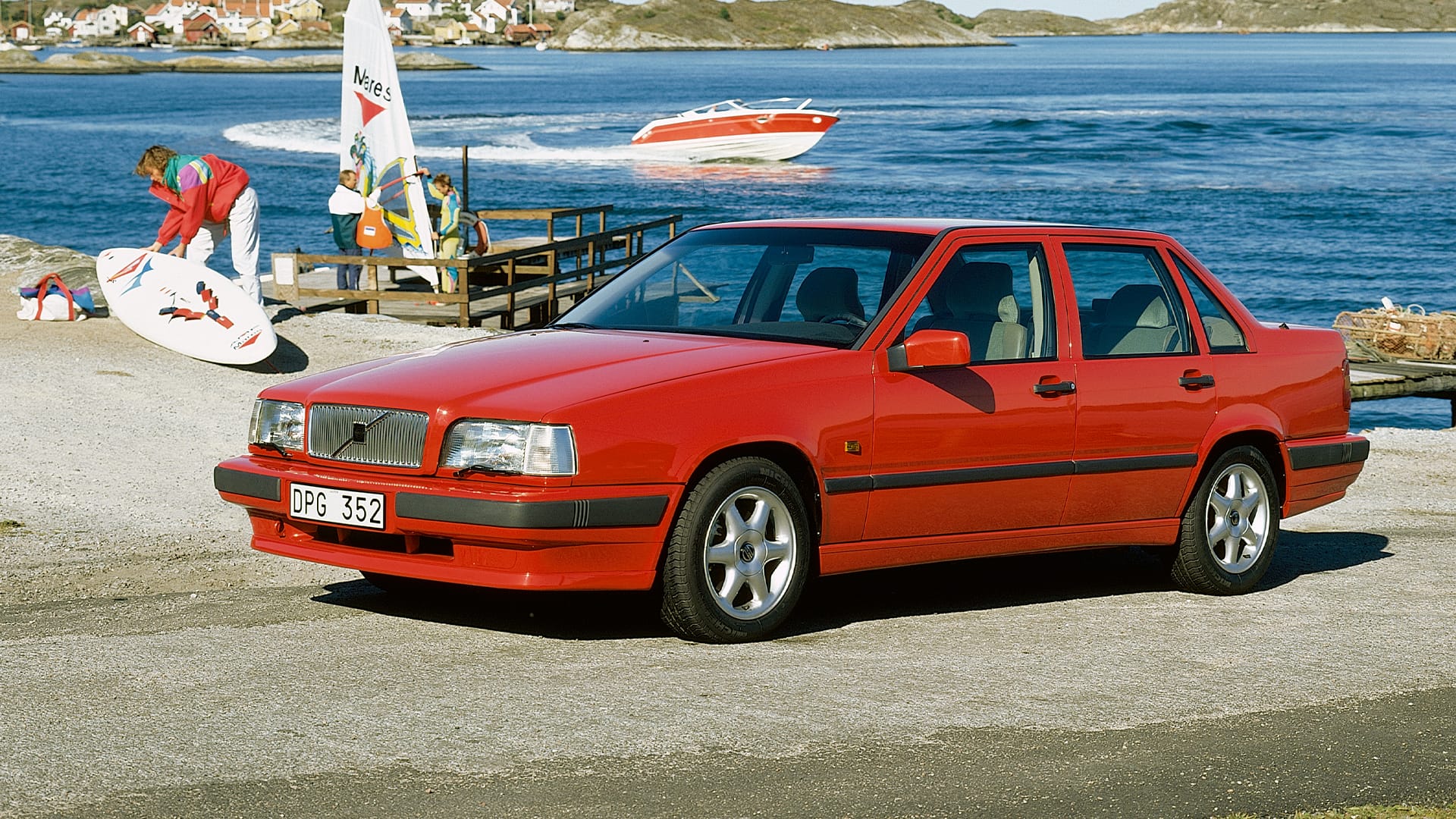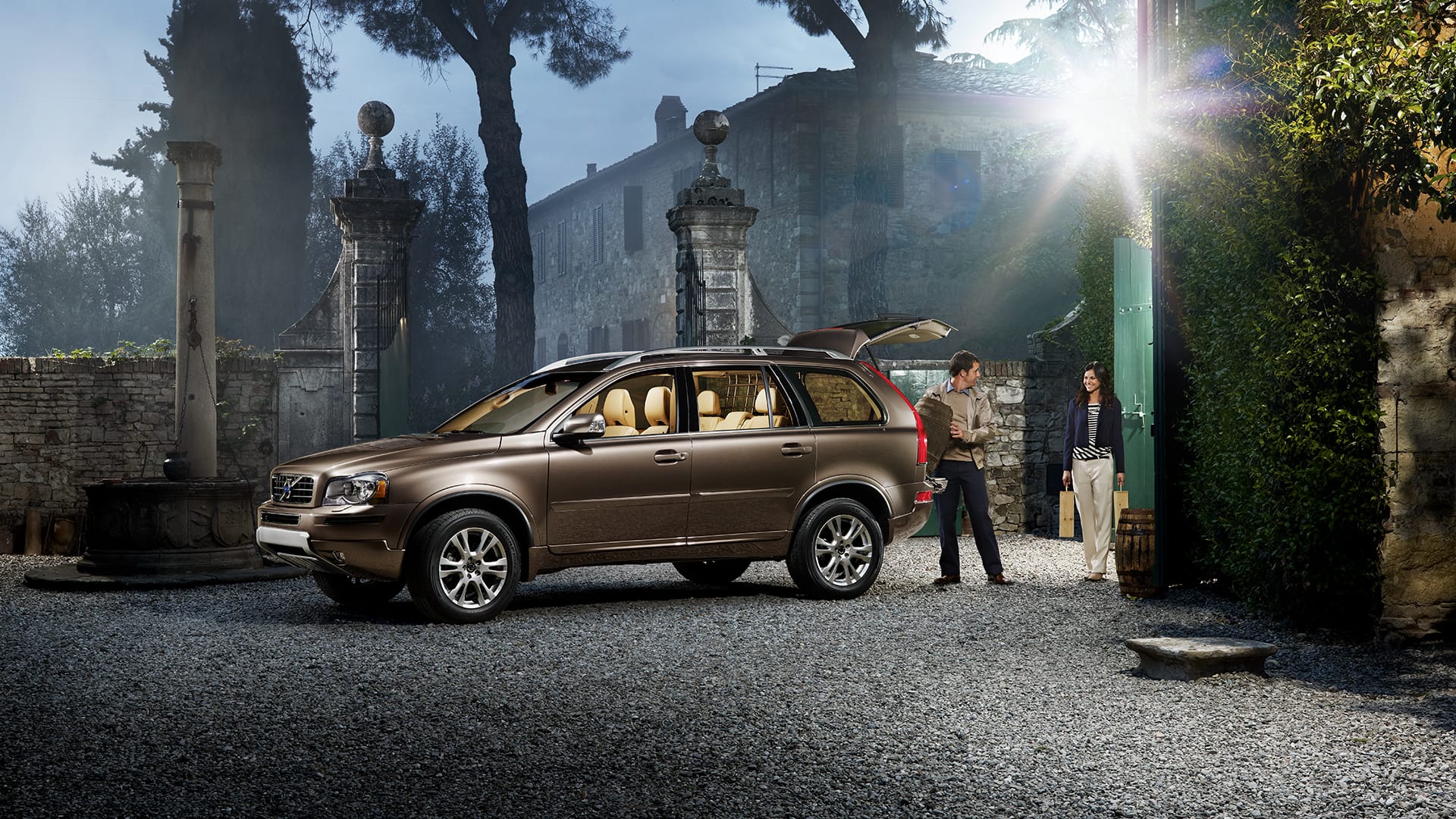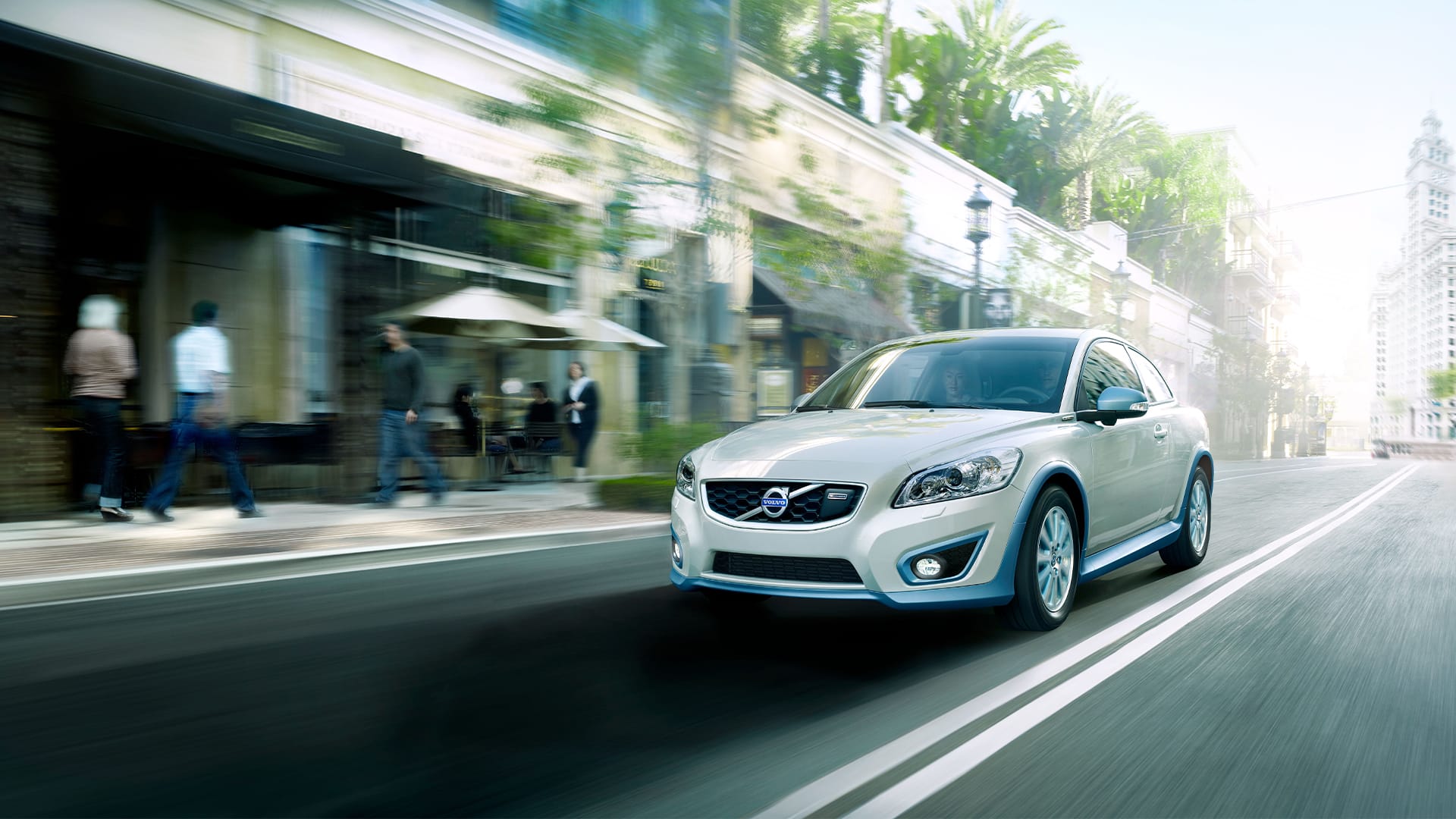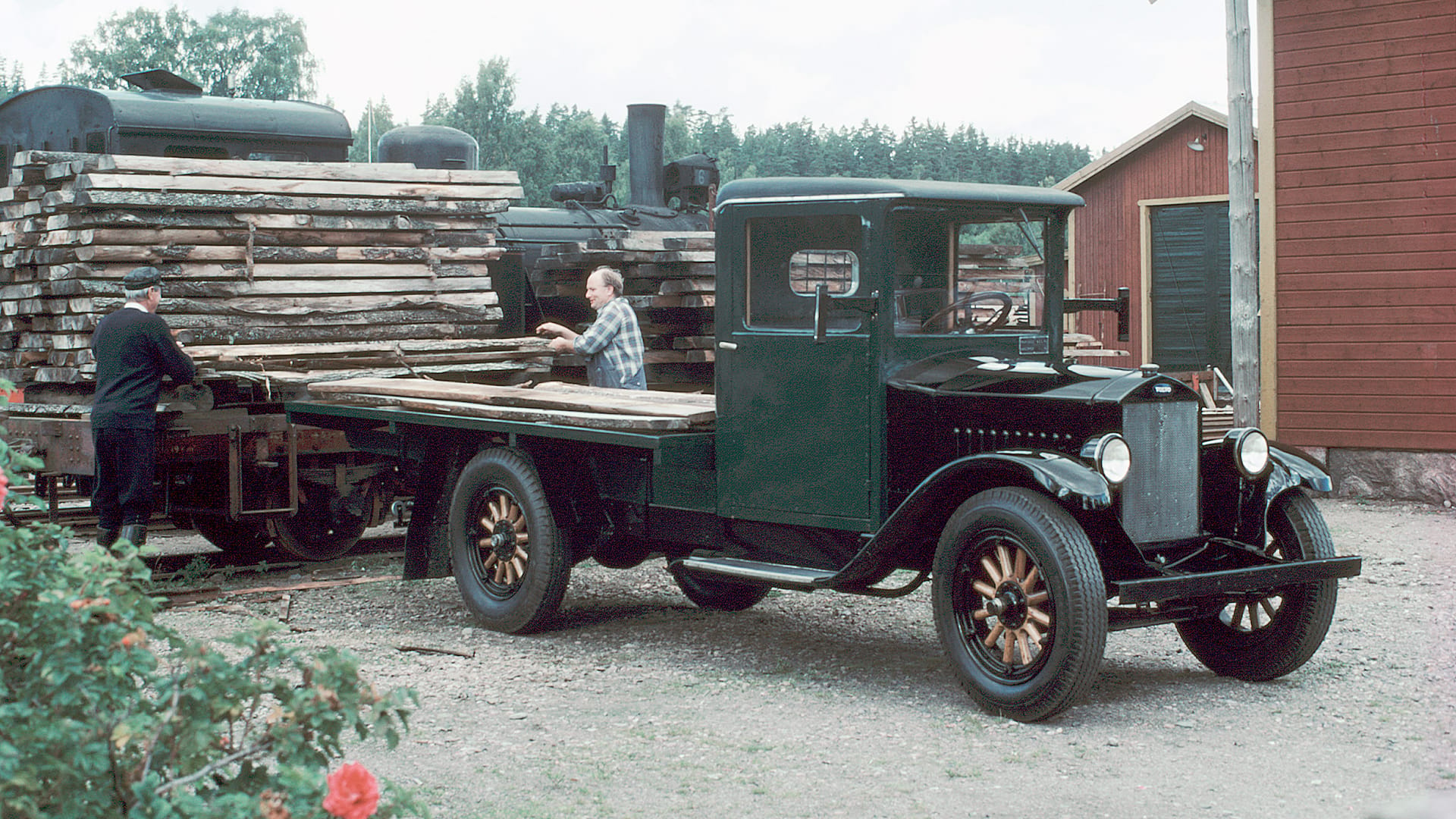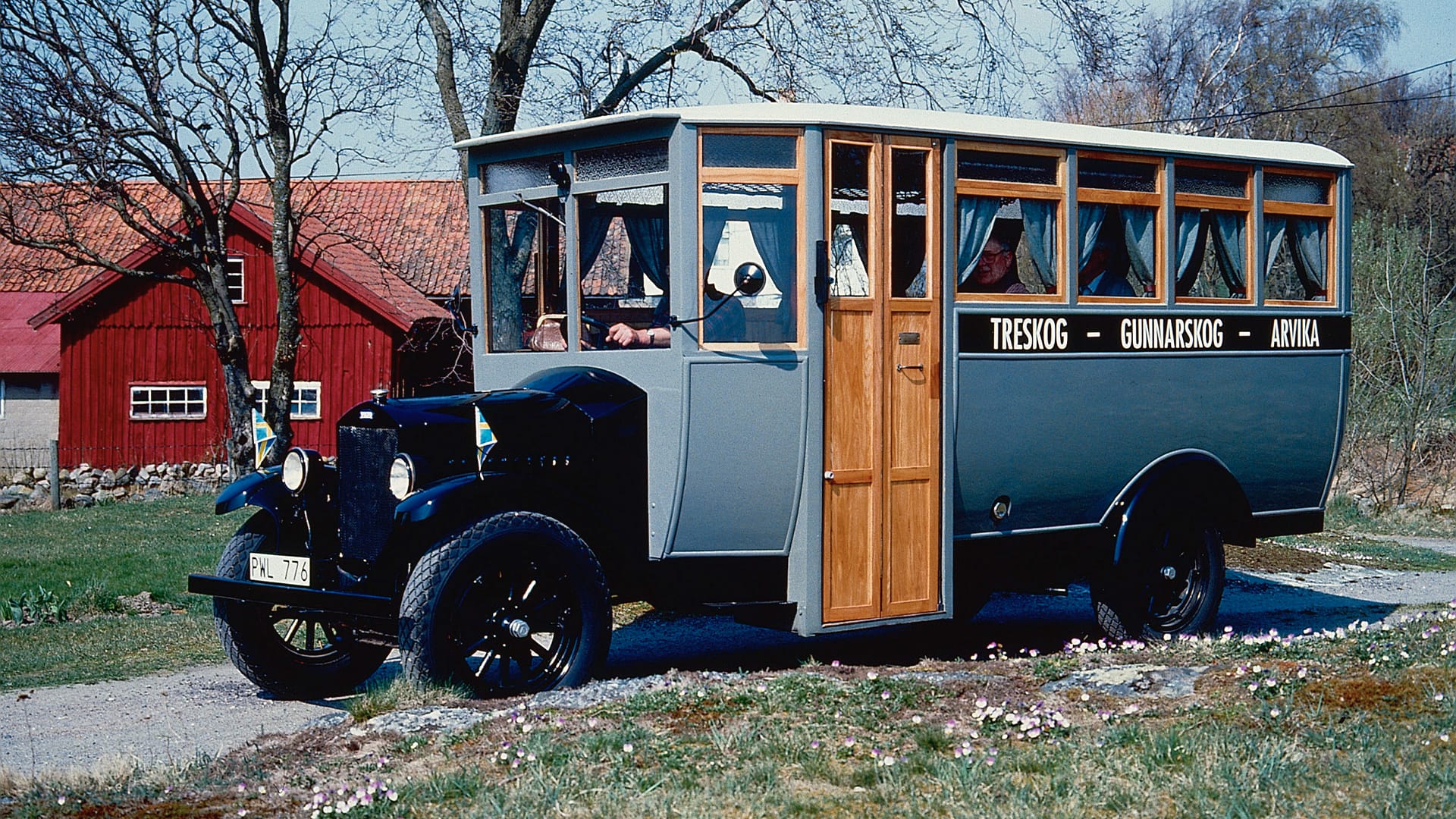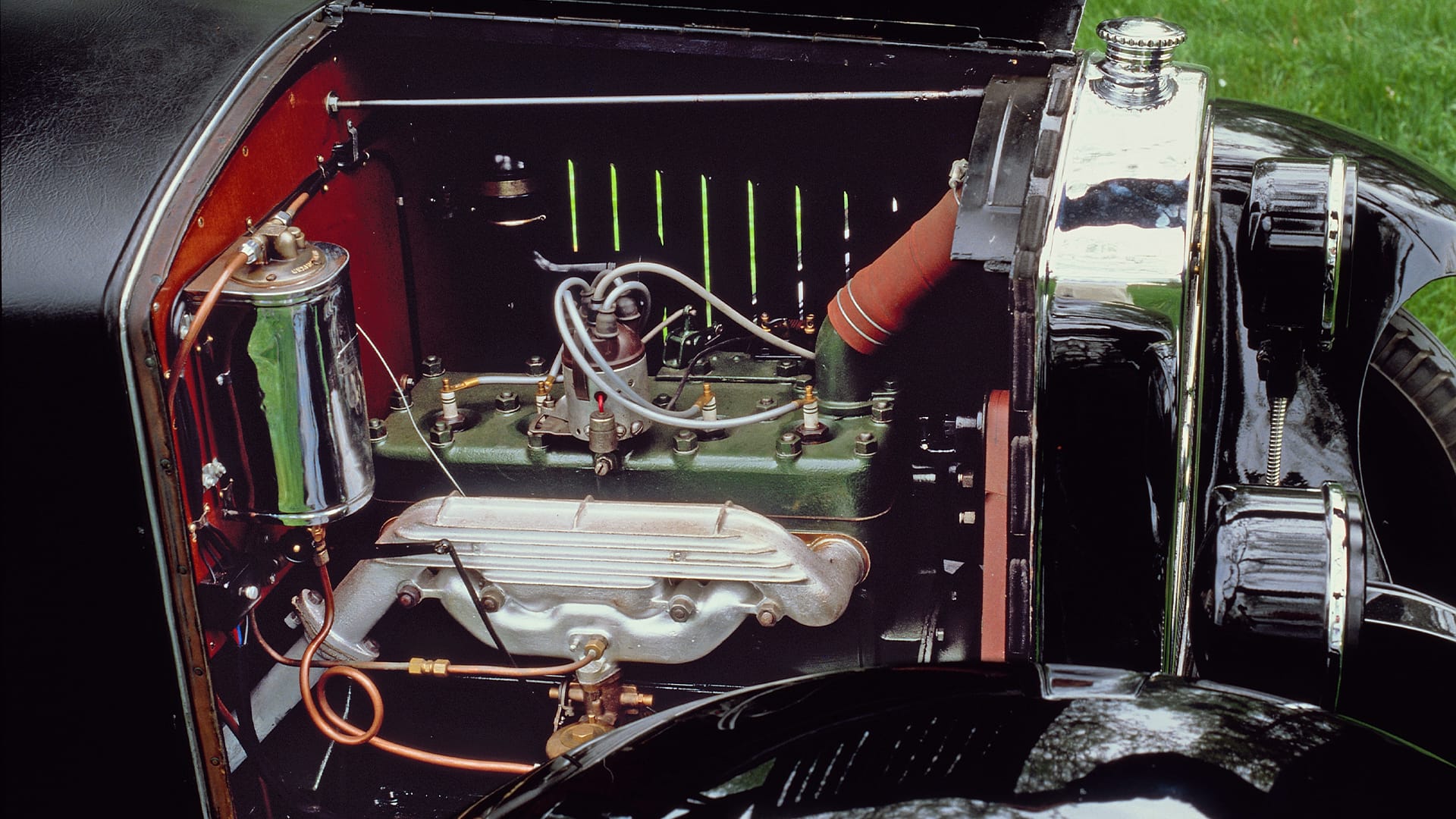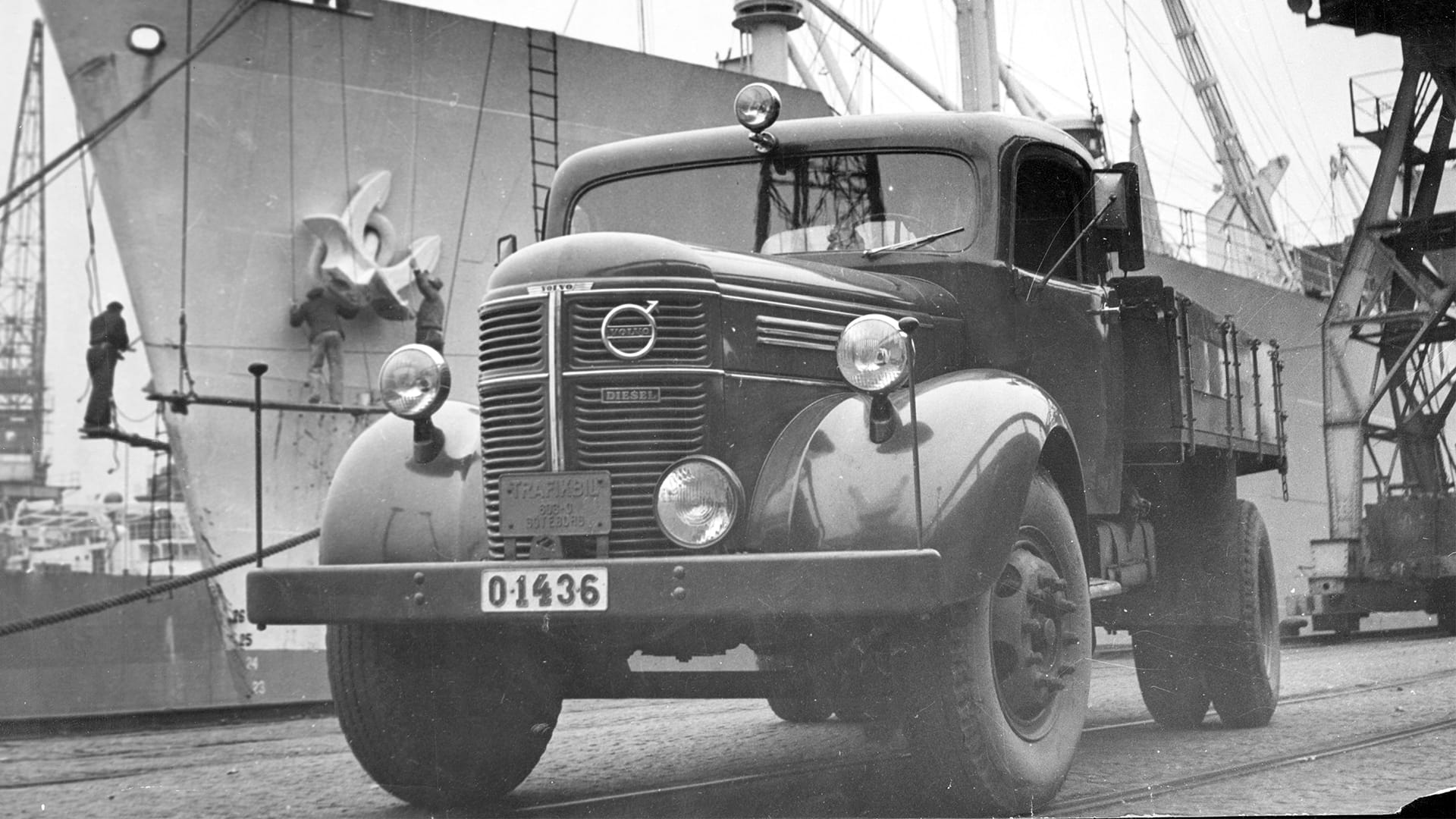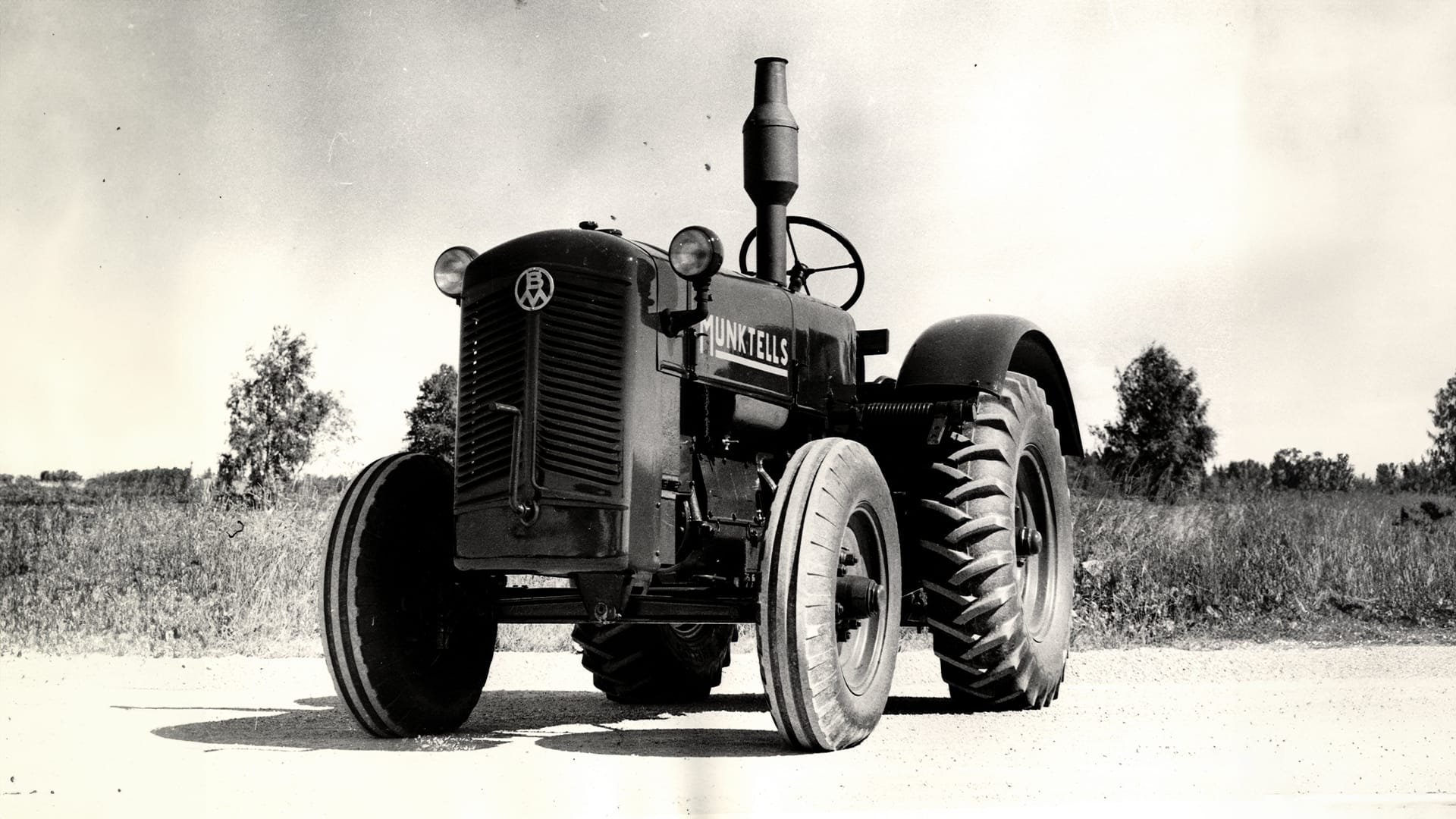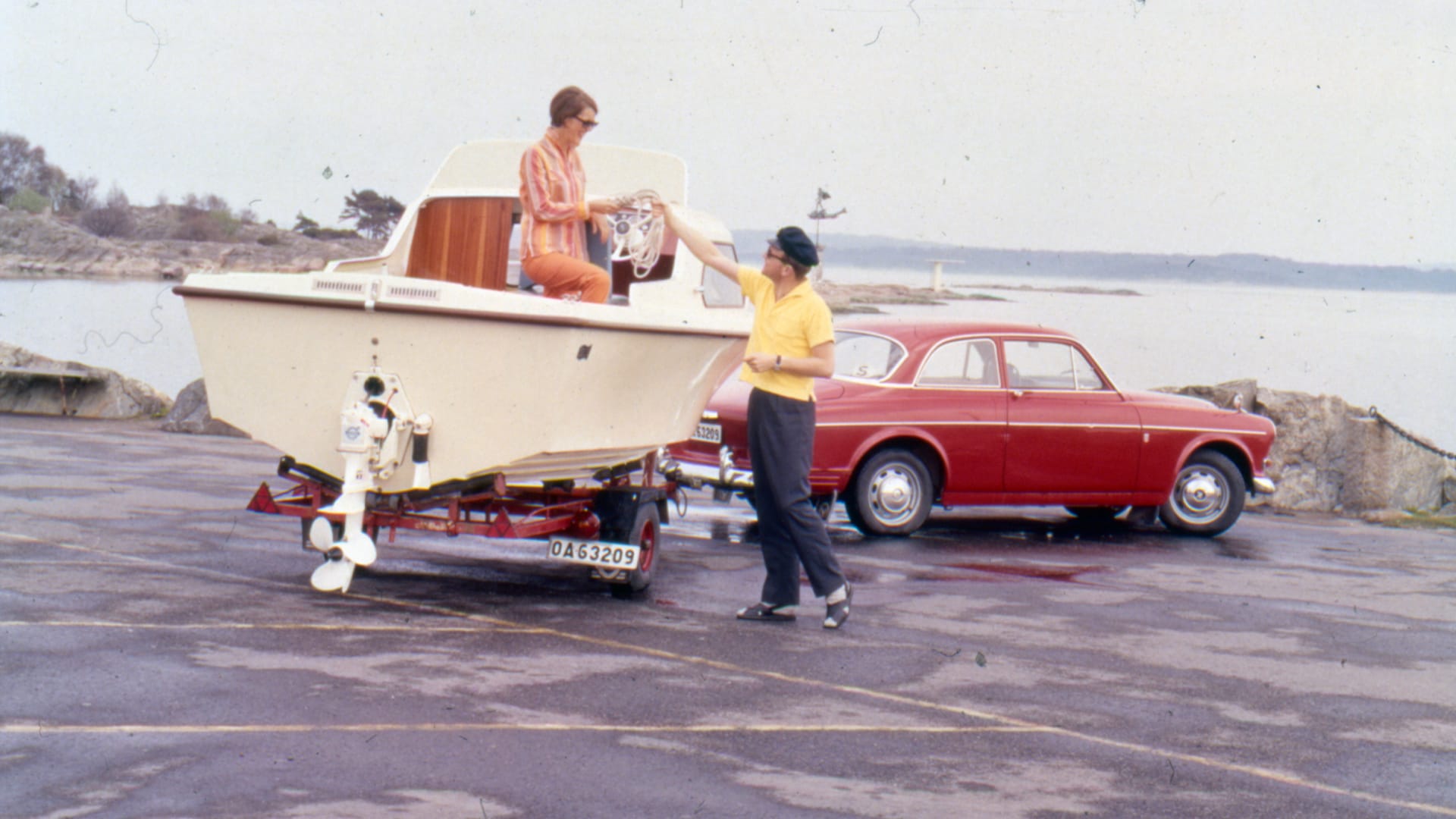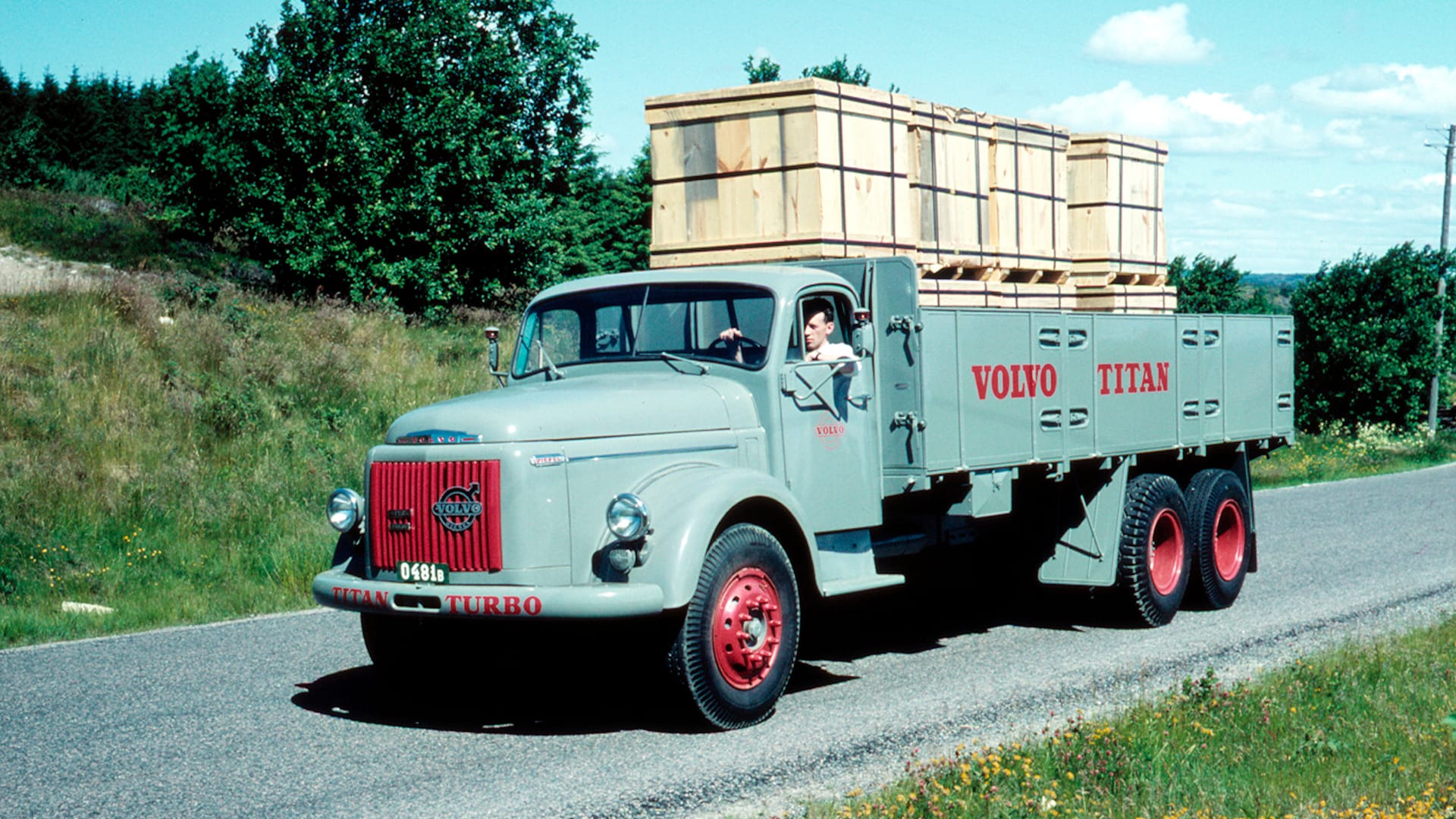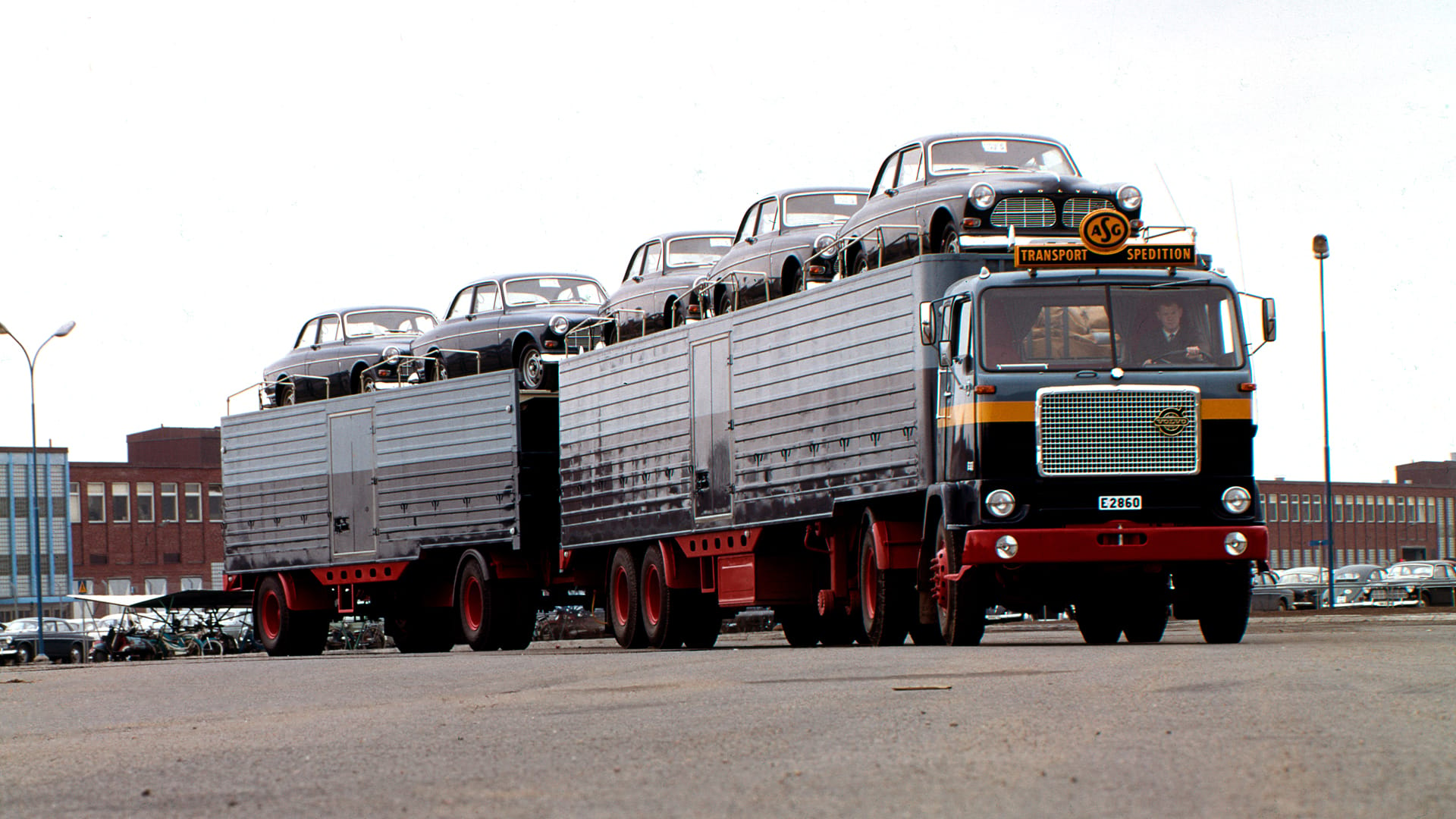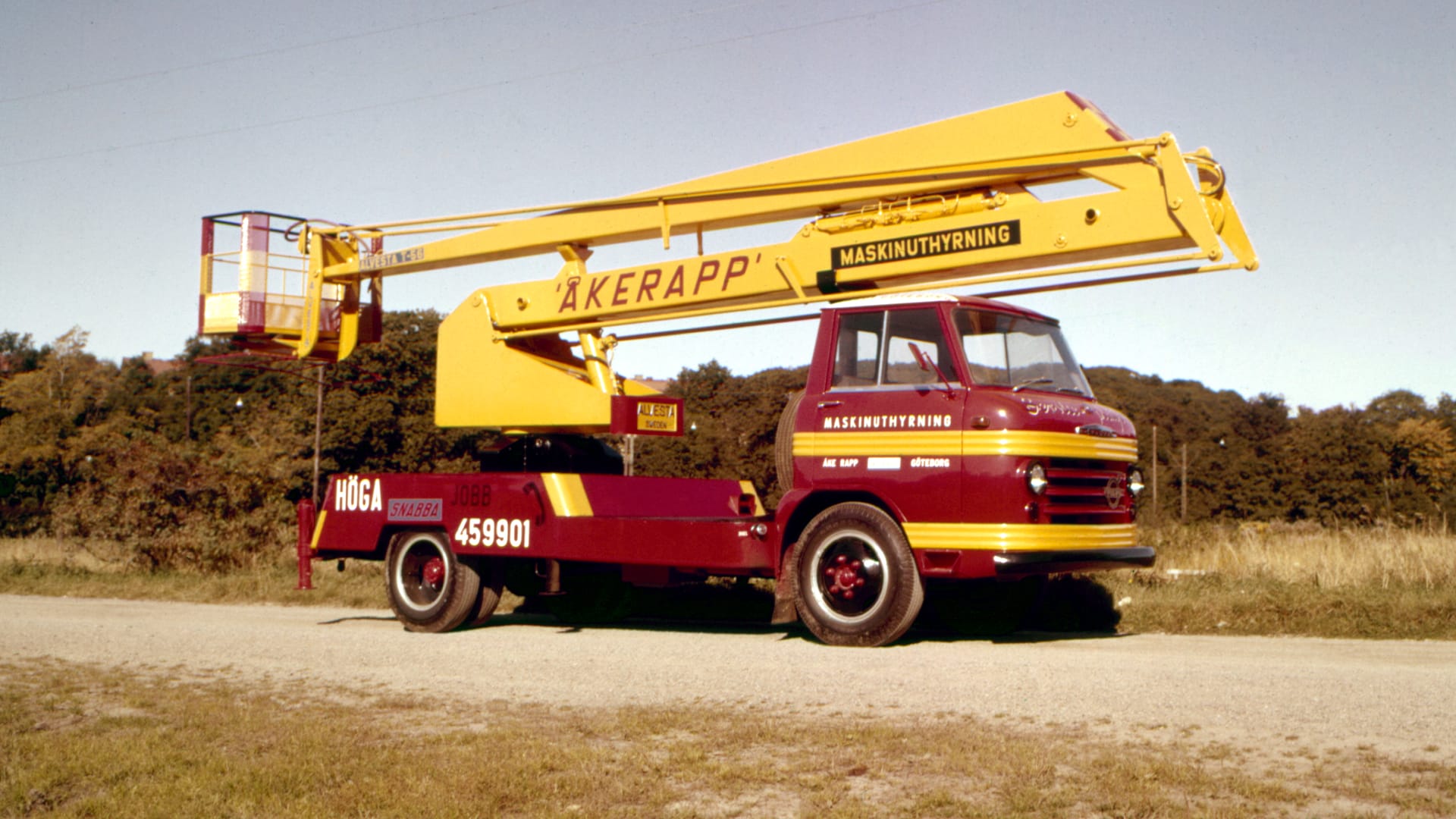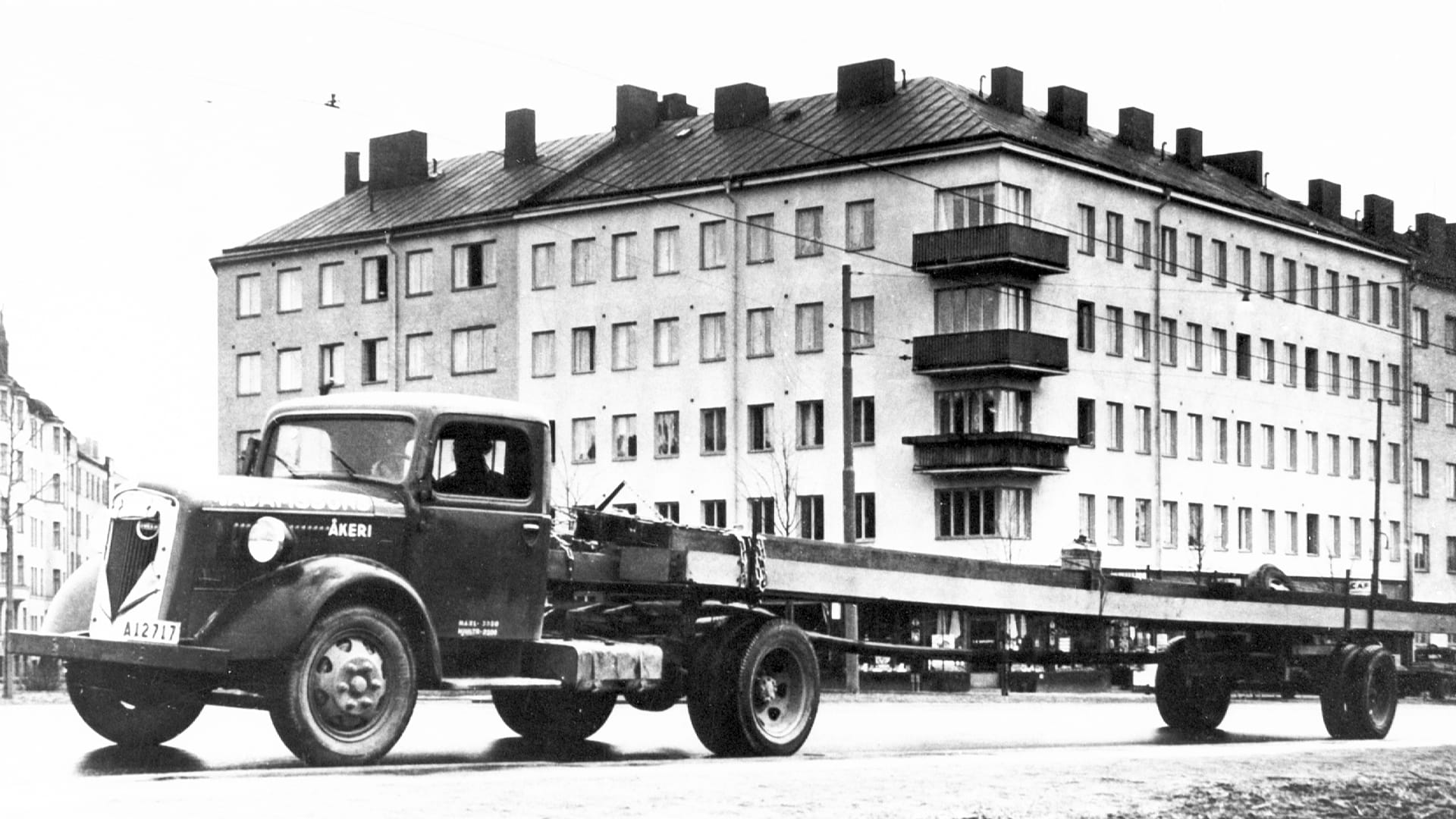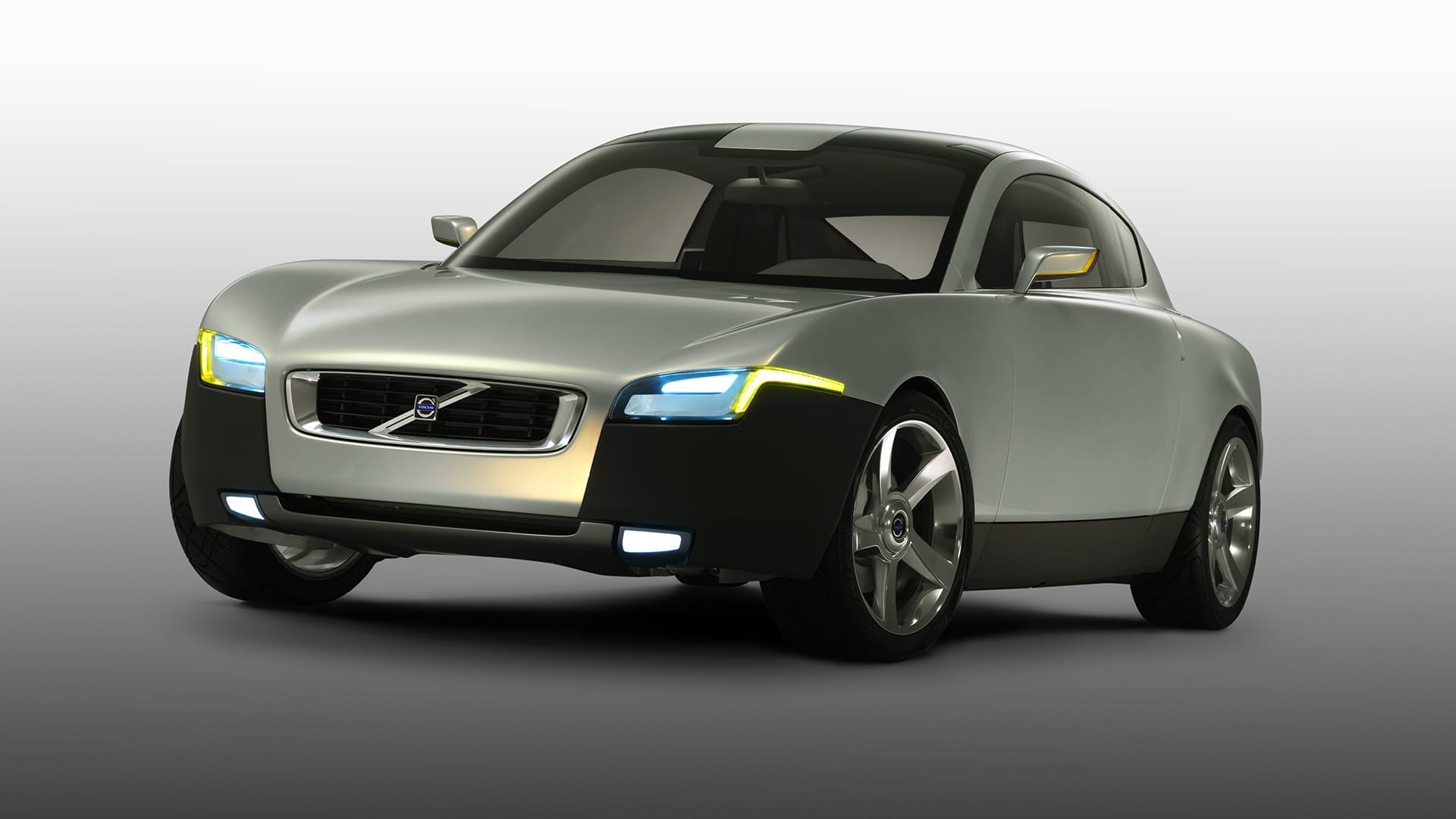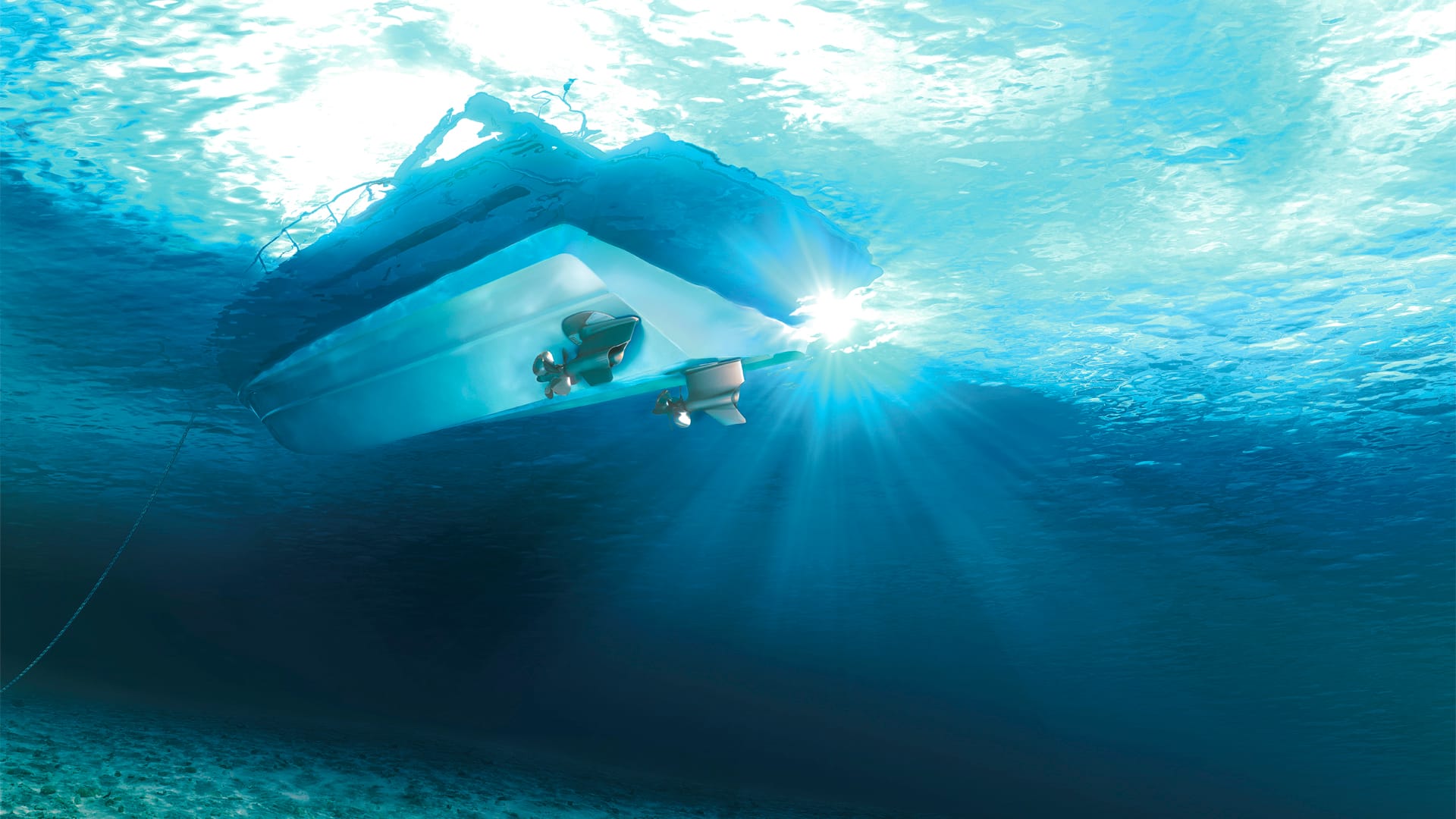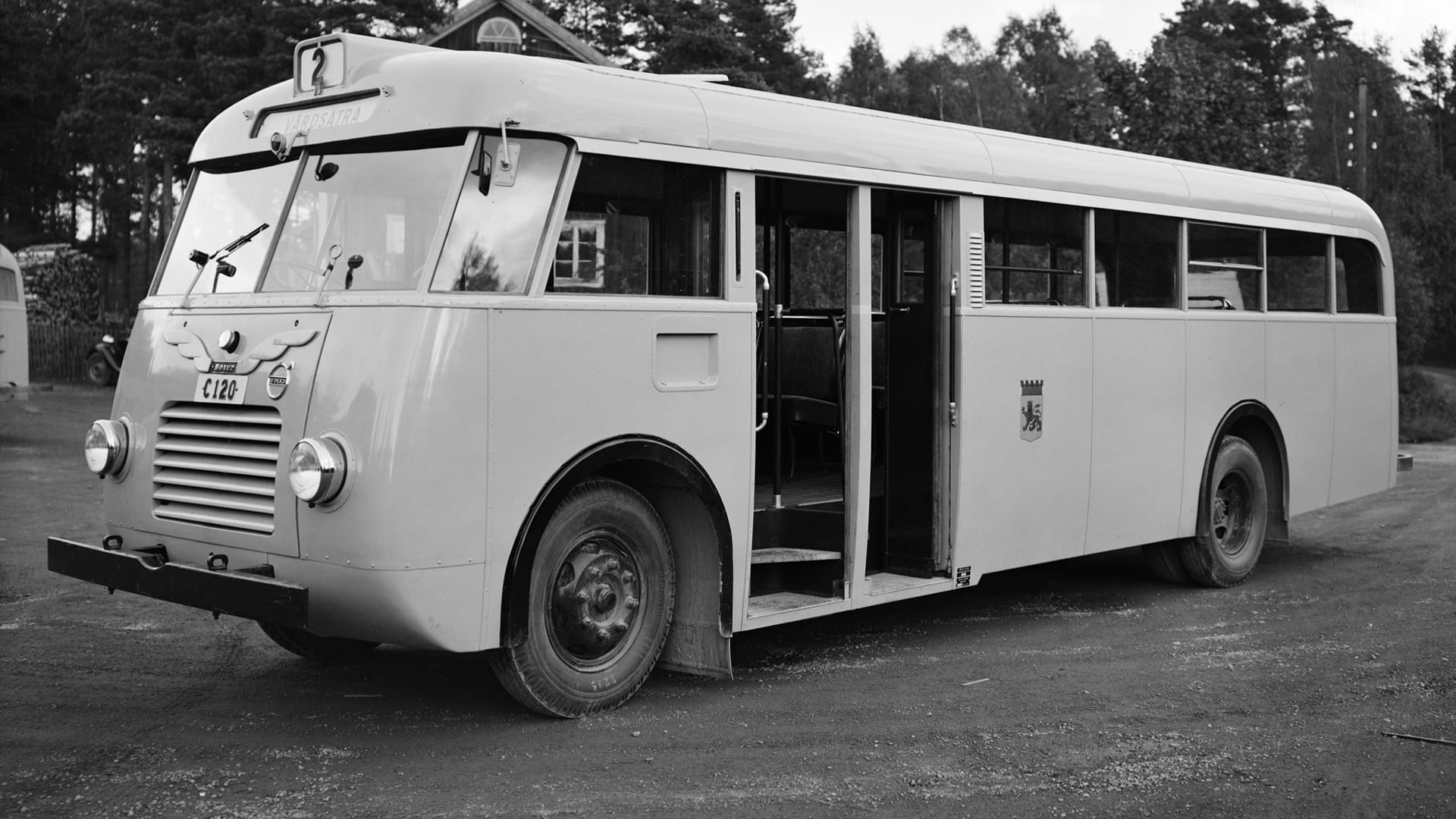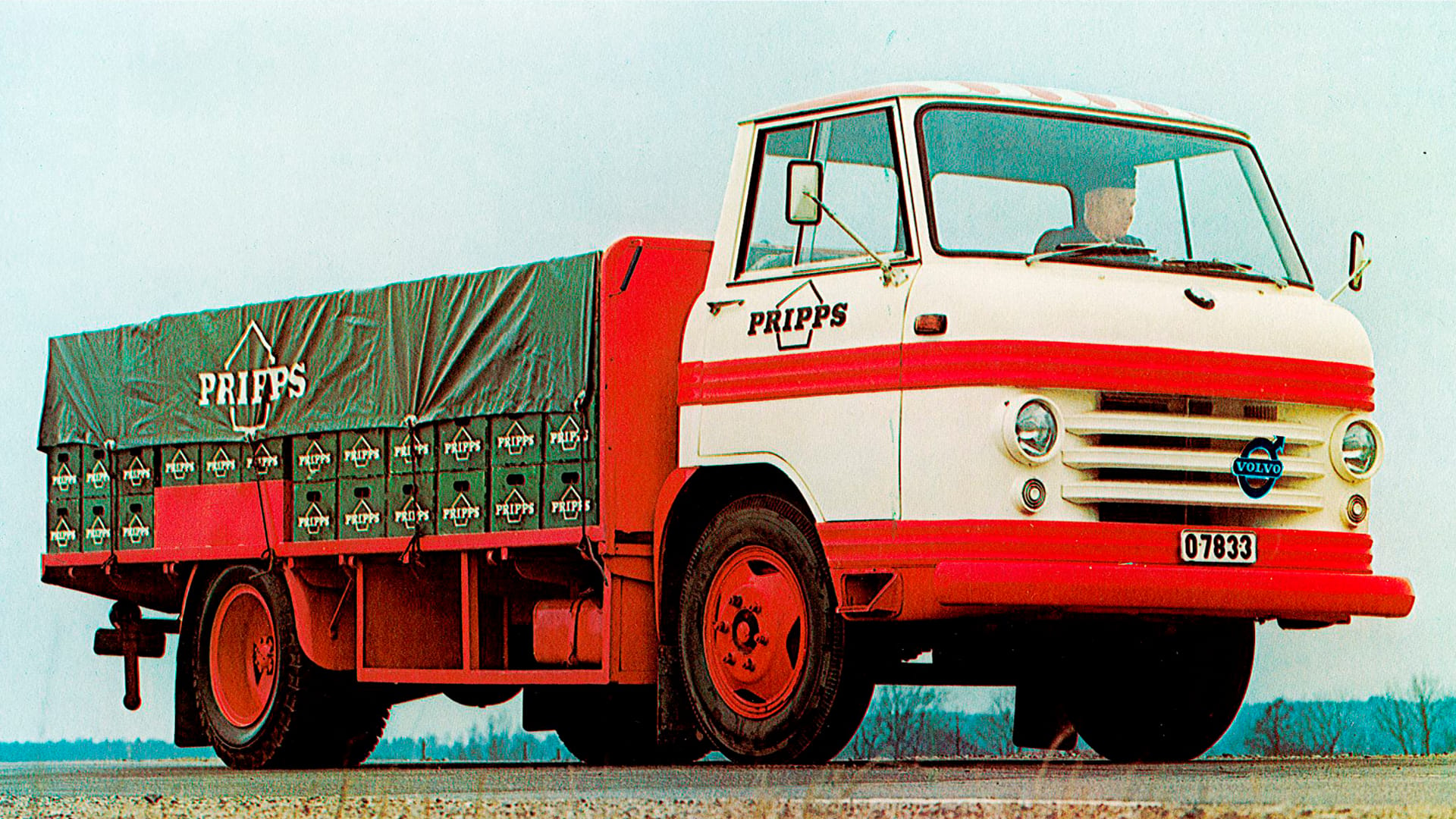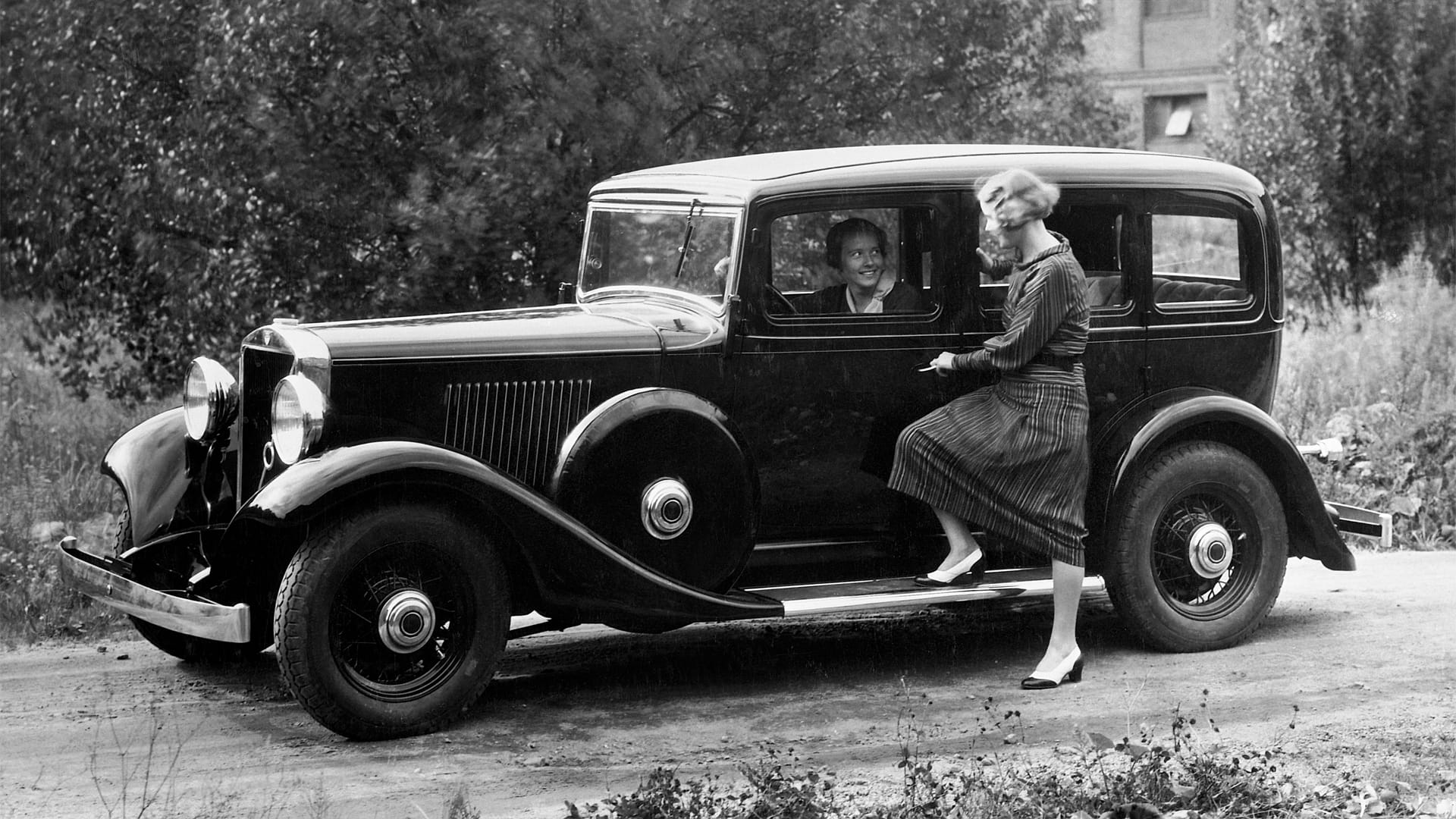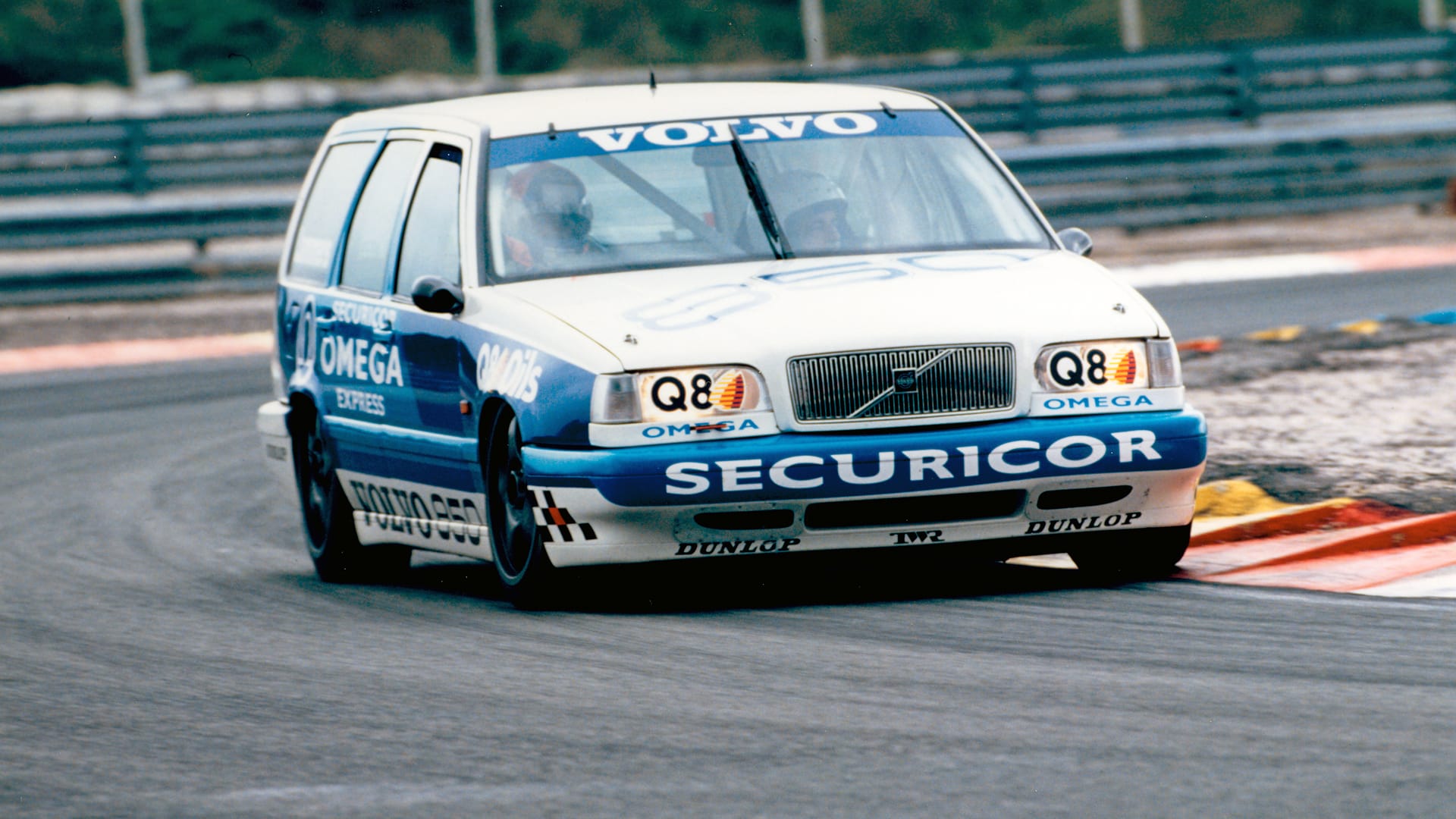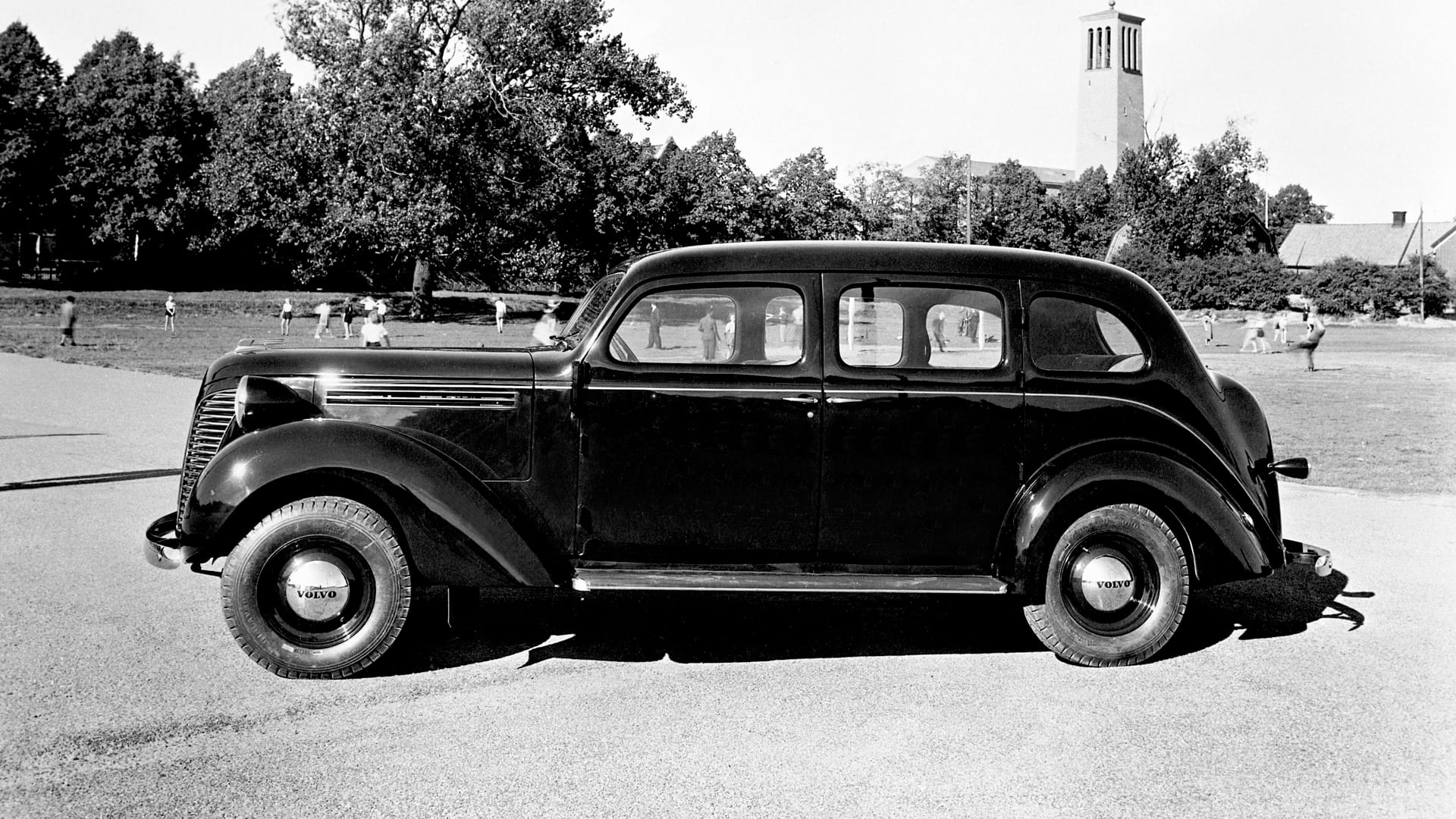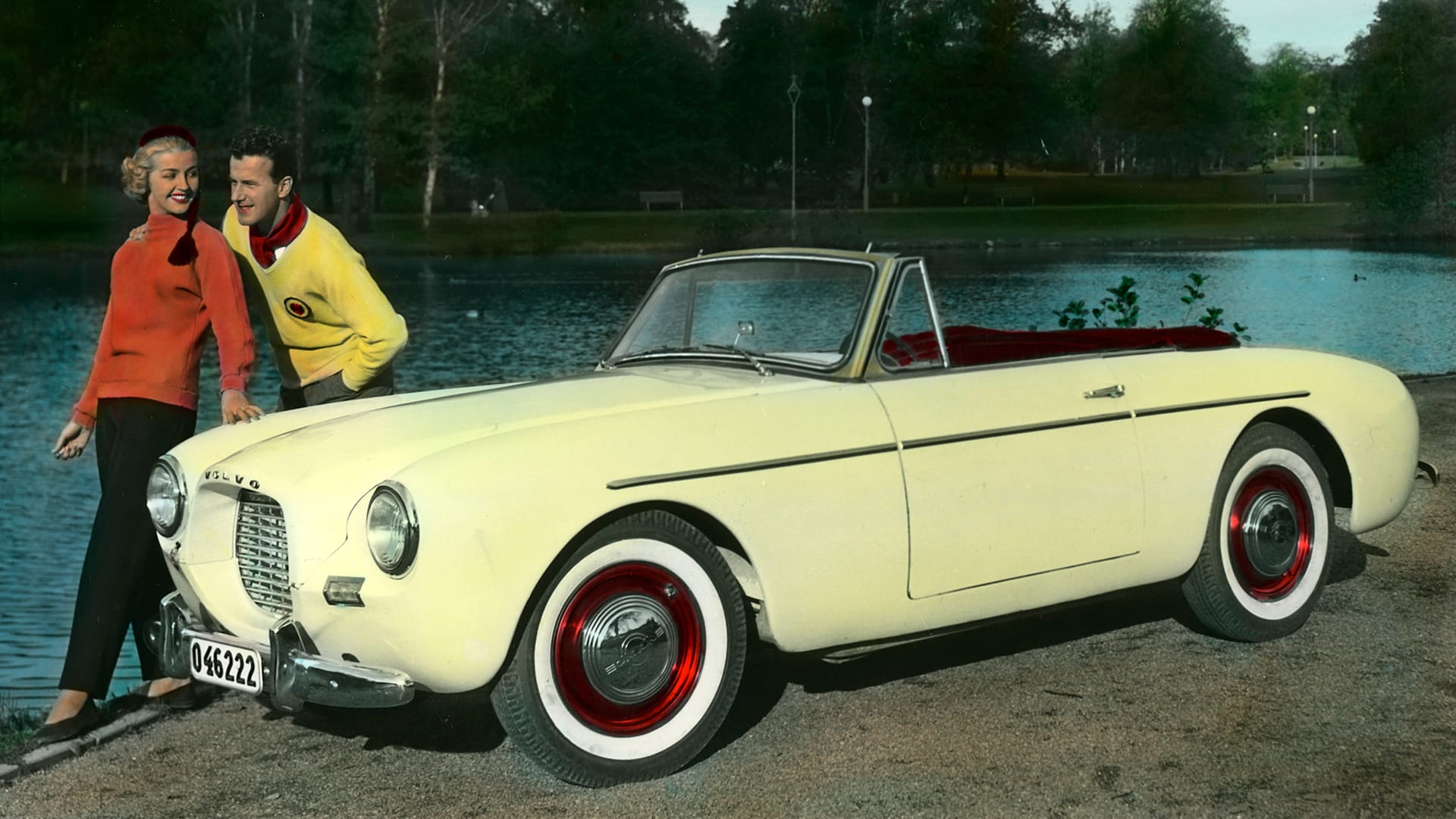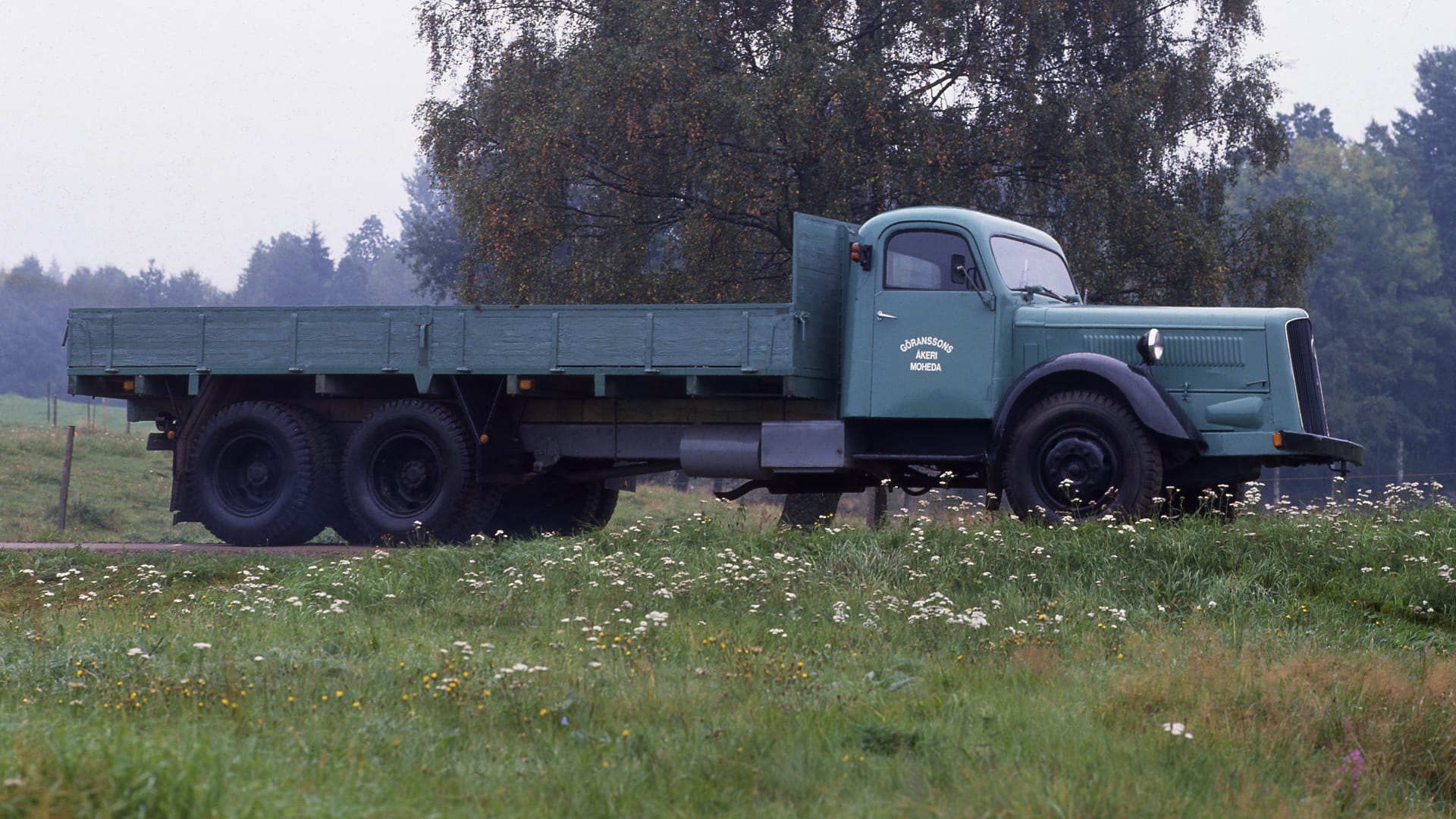Volvo 240 Turbo
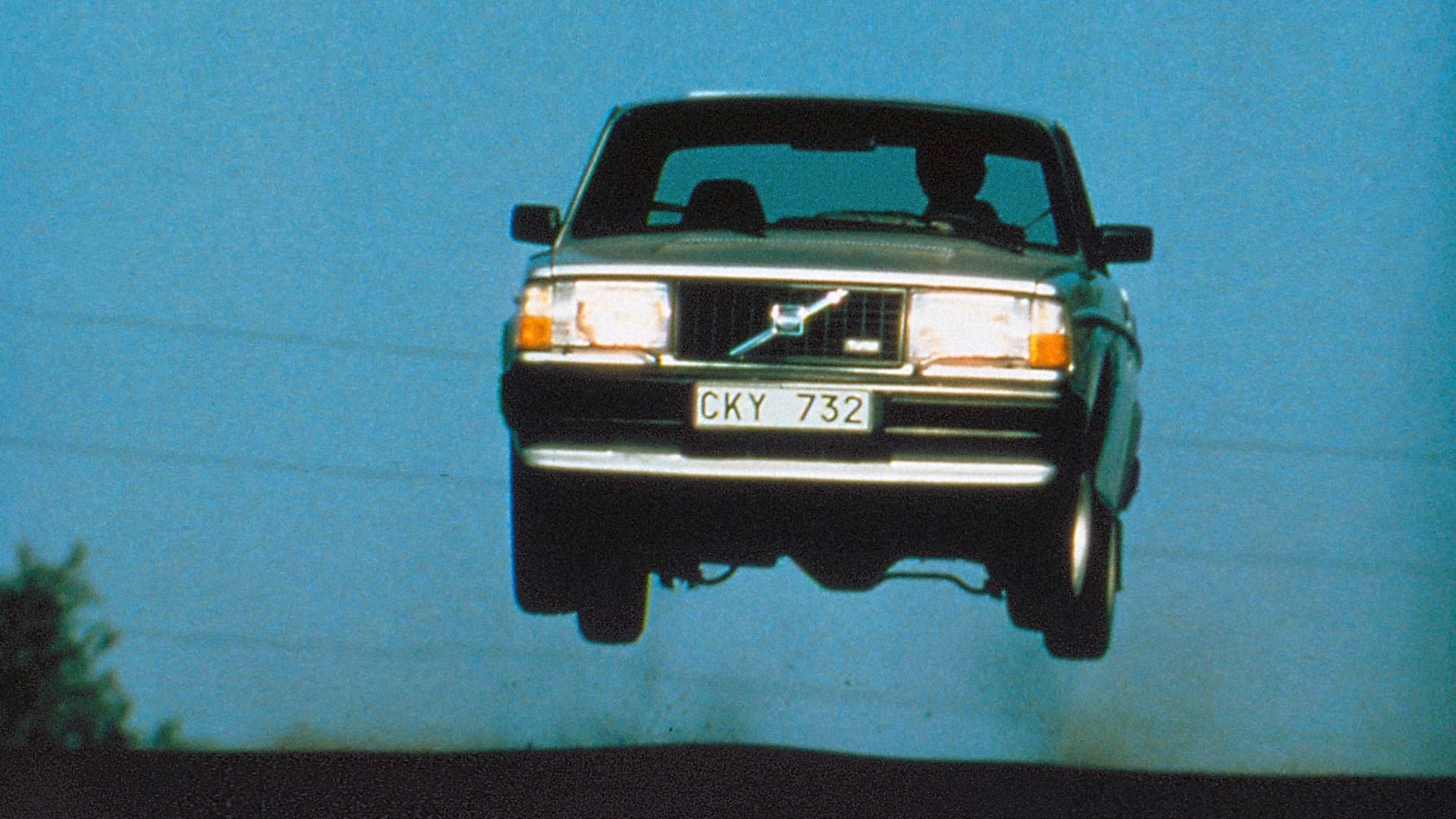
Turbo boosted triumphs
The Volvo 240 receives numerous accolades for being the cleanest and safest car - but in one version, it's also the most performance-oriented. When the estate version of the 240 Turbo is launched in 1984, it's not just the world's first estate car with a turbocharged engine but also the world's fastest estate car.
Under the hood lies the B21 engine, a 2.1-liter powerhouse that, with the help of turbocharging, delivers 155 horsepower and a top speed of just under 200 km/h. The four-door and two-door versions are already available since 1981, and incidentally, the 240 Turbo fits perfectly into the new regulations for Group A touring car racing introduced in 1982. The racing version of the 240 Turbo, with 300 hp, wins championships in Europe, Germany, and Australia in the years 1985 and 1986.
As the racing version of the 240 Turbo speeds around the world's racetracks, it earns the nickname "Flying Brick" - because it's so fast, yet it looks nothing like a racing car with its practical boxy shape. It turns out that the new Group A regulations introduced in 1982 suit Volvo and the 240 Turbo perfectly. The rules favour real standard models with at least four seats, manufactured in at least 5,000 units per year. The racing cars must be taken directly from the factory, and very few modifications are allowed. The rules combine engine displacement, tyre width, minimum weight, and fuel tank size together, with a turbocharging factor of 1.4. Together, these requirements fit the 240 Turbo well.
Turbo evolution
According to the new rules, at least 500 so-called evolution cars must be built. For this reason, the 240 Turbo Evolution is created. Volvo's 500 cars are lined up on two fields in the USA in July 1983, one on the west coast and one on the east coast, and the inspection to homologate the cars is carried out. Some modifications are approved: the engines have larger turbochargers and water injection in the intake manifold, also known as Water Turbo Traction, an innovation for which Volvo receives a patent.
Volvo Motor Sport
In 1983, Thomas Lindström tests the 240 Turbo Evolution by participating in the European Touring Car Championship (ETC), but it turns out that the engine is still slightly too weak. Volvo then establishes an organization for its involvement in motorsport, Volvo Motor Sport (VMS), and the effort enters a new phase. A breakthrough comes in 1984 when Ulf Granberg and Robert Kvist achieve a historic victory in the ETC race at Zolder in Belgium, with a 240 Turbo Evolution. Per Stureson also wins a race during the first season of the German DTM (Deutsche Tourenwagen Meisterschaft).
Thunderous success on the racetrack
The effort grows for the 1985 season. Two teams functioning as factory teams are created. Eggenberger Motorsport from Switzerland participates in the ETC under the name Volvo Dealer Team Europe. Drivers include Thomas Lindström, Sigi Müller Jr. from West Germany, Gianfranco Brancatelli from Italy, and Pierre Dieudonné from Belgium. The second team in the ETC is Swedish Magnum Racing, with drivers Ulf Granberg, Anders Olofsson, and Ingvar Carlsson. Additionally, Per Stureson participates again in the DTM. The season ends with a resounding success. After the race at the Estoril circuit in Portugal on October 13, 1985, it becomes clear that Lindström/Brancatelli win the entire ETC, having emerged victorious in six of the 14 races.
Also in Germany
Per Stureson also wins the German DTM, after a victory and five podium finishes. That same year, Volvo also wins the standard car championships in Finland, Portugal, and New Zealand - and the Scottish Rally Championship. The following year, 1986, Robbie Francevic wins the Australian Tour Car Championship in a Volvo 240 Turbo, incidentally, the first car with a turbocharged engine to win the series.
Disqualified
The same year, Volvo is on the verge of winning the ETC for the second year in a row, but the cars are disqualified by the International Automobile Federation (FIA). It is the Scottish driver Tom Walkinshaw, who runs a team with Rover cars, who protests. He claims that by using lead-free, 99-octane petrol during the race at Anderstorp in Sweden, Volvo violates the rules, and that the cars during the race at Zeltweg in Austria have the wrong size of the fuel tank. Two victories are thus struck off, Volvo loses the championship and then withdraws from circuit racing. It's worth noting that ten years later, Tom Walkinshaw partners with Volvo in the company Autonova, to produce the C70 model in Uddevalla, Sweden.
Red engine
The basis for Volvo's turbocharged engine is the great technological leap that was taken when the B18/B20 engines are scrapped. Both are well-regarded for being robust and reliable, but the technology with pushrods and camshafts has become outdated. The new B21 is launched in 1974 and gradually replaces the B20 in the 240 series. The new engine features an overhead camshaft, a timing belt, and an aluminium cylinder head. The displacement is 2.127 litres. Since the engine is taller than the B20, it needs to be tilted slightly in the engine compartment to fit. The engine becomes known as the "red block" because the cast iron block is painted red. The base engine will be manufactured for two decades and developed into a range of different versions, with outputs from 90 to 180 hp. The turbocharged version is introduced in September 1980 and delivers 155 hp at that time. Zero to one hundred takes nine seconds, and the top speed is just under 200 km/h. It's the first time Volvo uses turbo technology in a passenger car, while the turbo had been used in a Volvo truck, the Titan, as early as 1954.
Special turbo
The Volvo 240 Turbo is only available with the M46 overdrive gearbox, has gas shock absorbers, a stronger anti-roll bar, and lower sport suspension. The 240 Turbo also differs in appearance from other variants in the 240 series, although it partially resembles the already launched GLT. The Turbo version has a matte, black-plated metal between the rear lights, and a four-centimetre-wide decorative strip runs under the side windows, also matte black. The grille and all trim are also black, and a turbo emblem is fitted at the rear. Low-profile tyres (195/60 HR) sit on five-spoke Virgo rims. The Turbo model is offered only in three colours: burgundy metallic, silver metallic, and black metallic.
White plush with silver threads
The interior also differs from the regular 240 variants. The steering wheel is smaller and has a turbo emblem, there are gauges for turbo pressure, and a digital clock with an alarm. The plush upholstery is white with silver threads, and the door insides are black with silver plush inserts. A sunroof, tinted windows, electrically heated driver's seat, and power steering are standard equipment, while air conditioning, power windows, leather upholstery, power mirrors, central locking, and cruise control can be added. The 240 Turbo is sold from 1981 to 1984, and when the model is discontinued, the B21 engine is also scrapped. By then, the 240 Turbo has already done what it came to do: change the image of Volvo and attract new types of customers. A Volvo car is no longer just practical and safe to crash - but also fun to drive.
